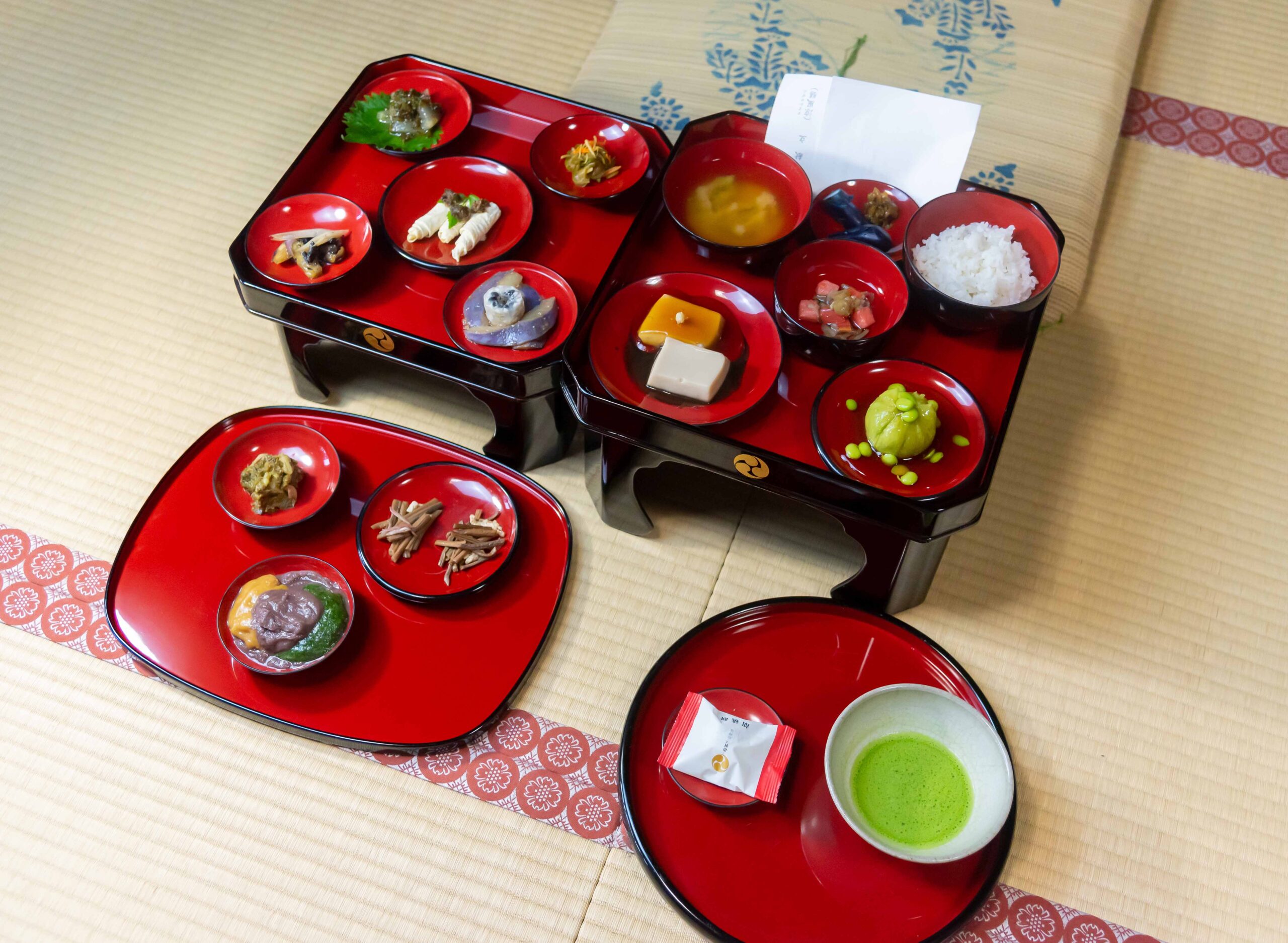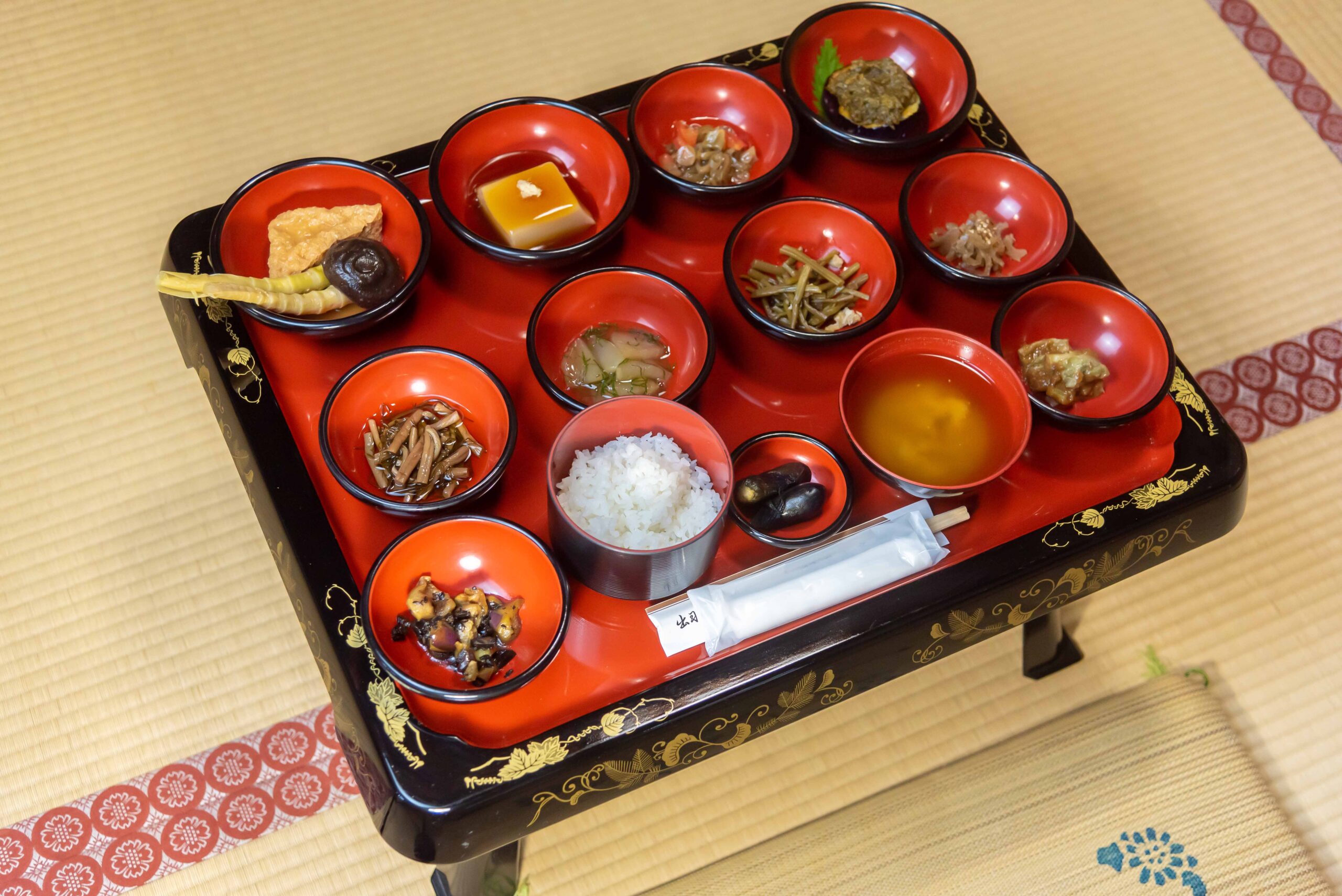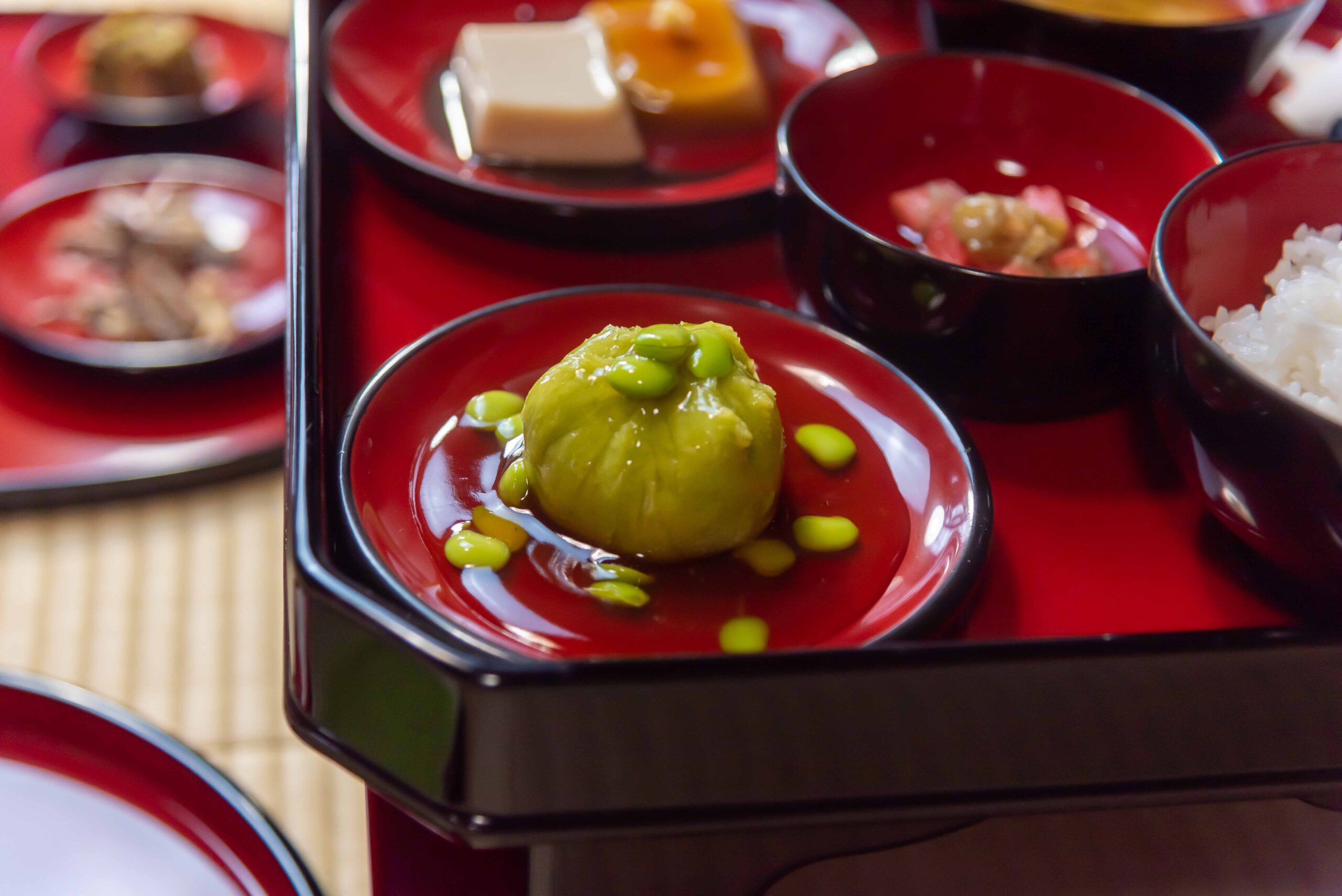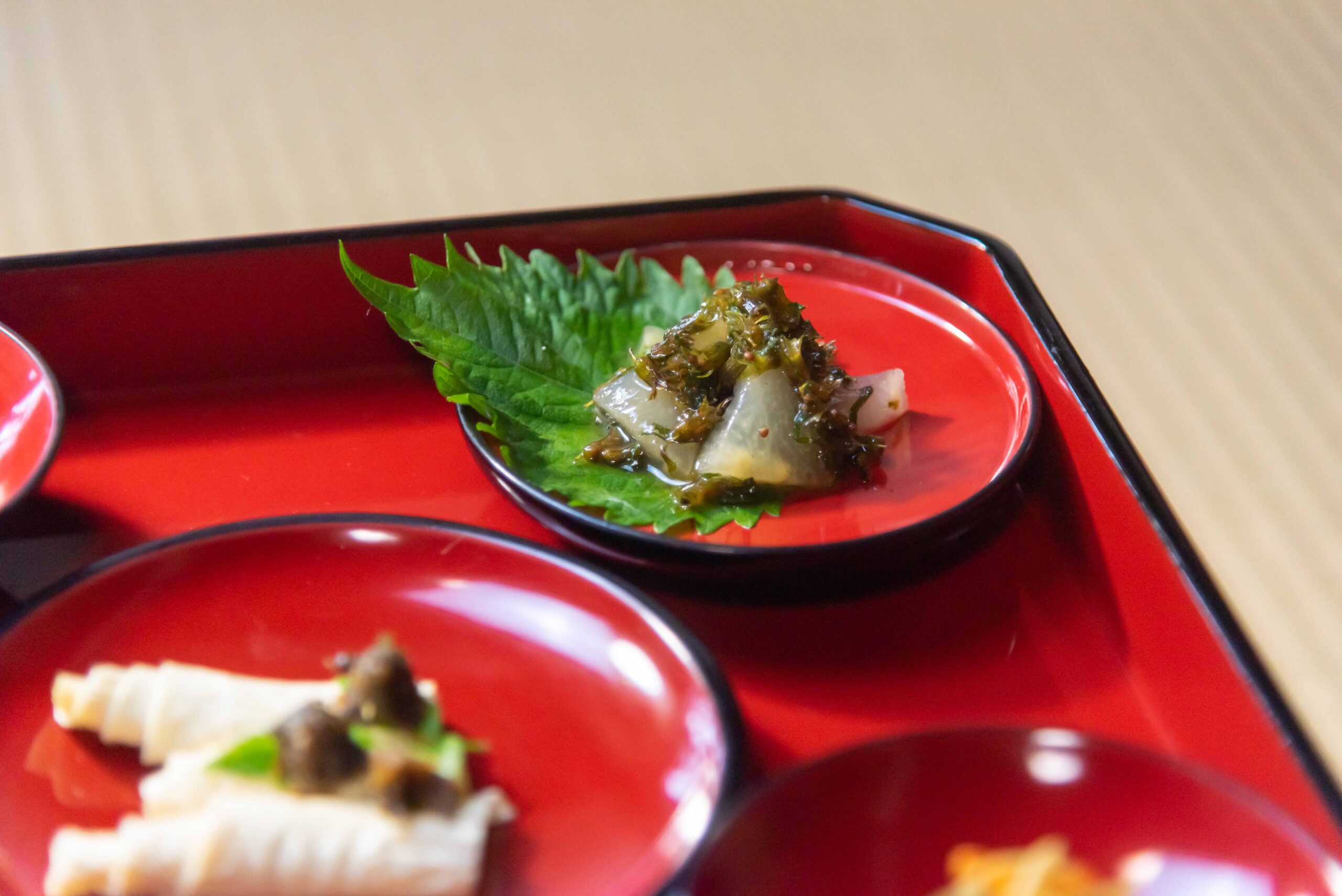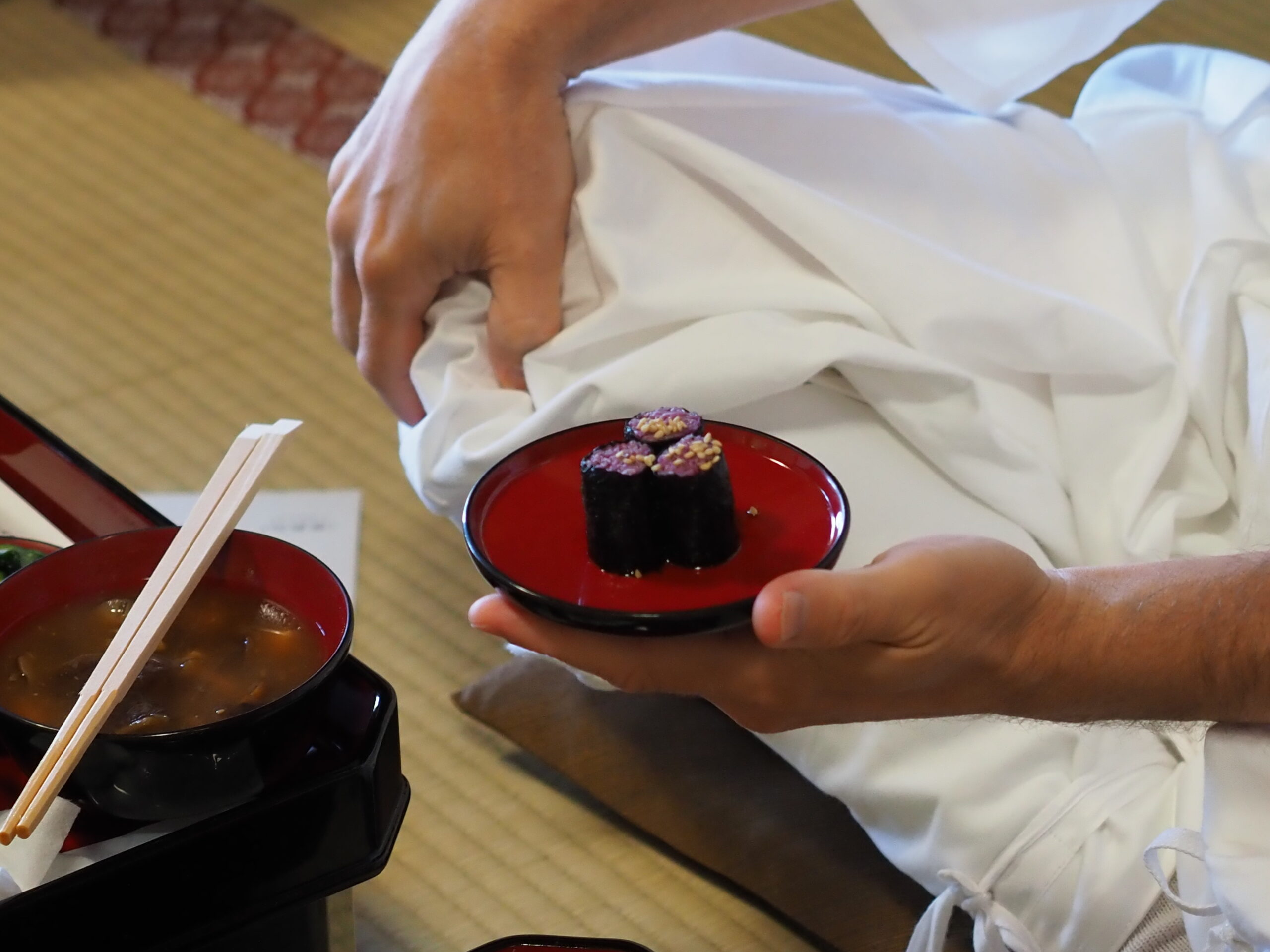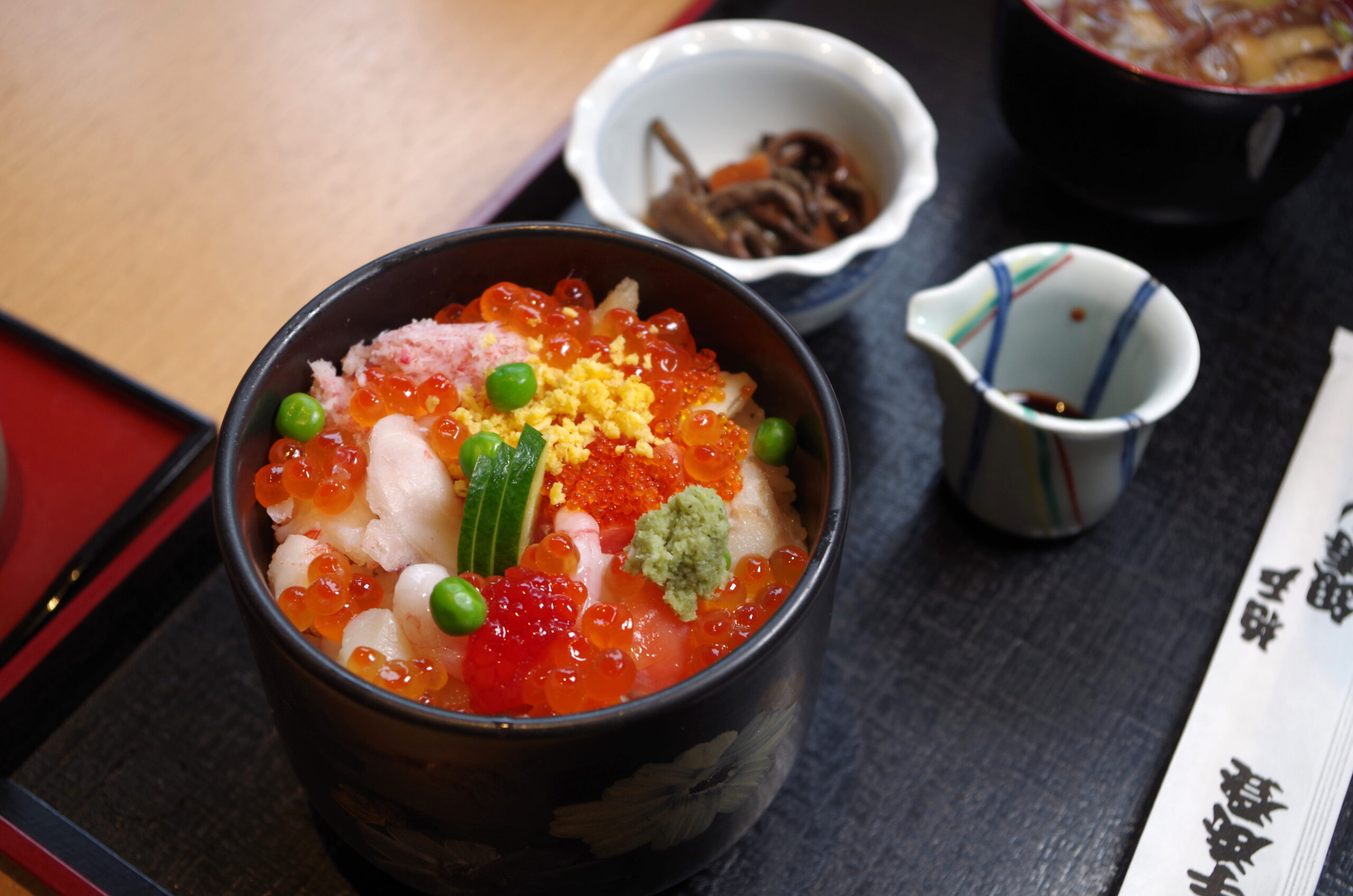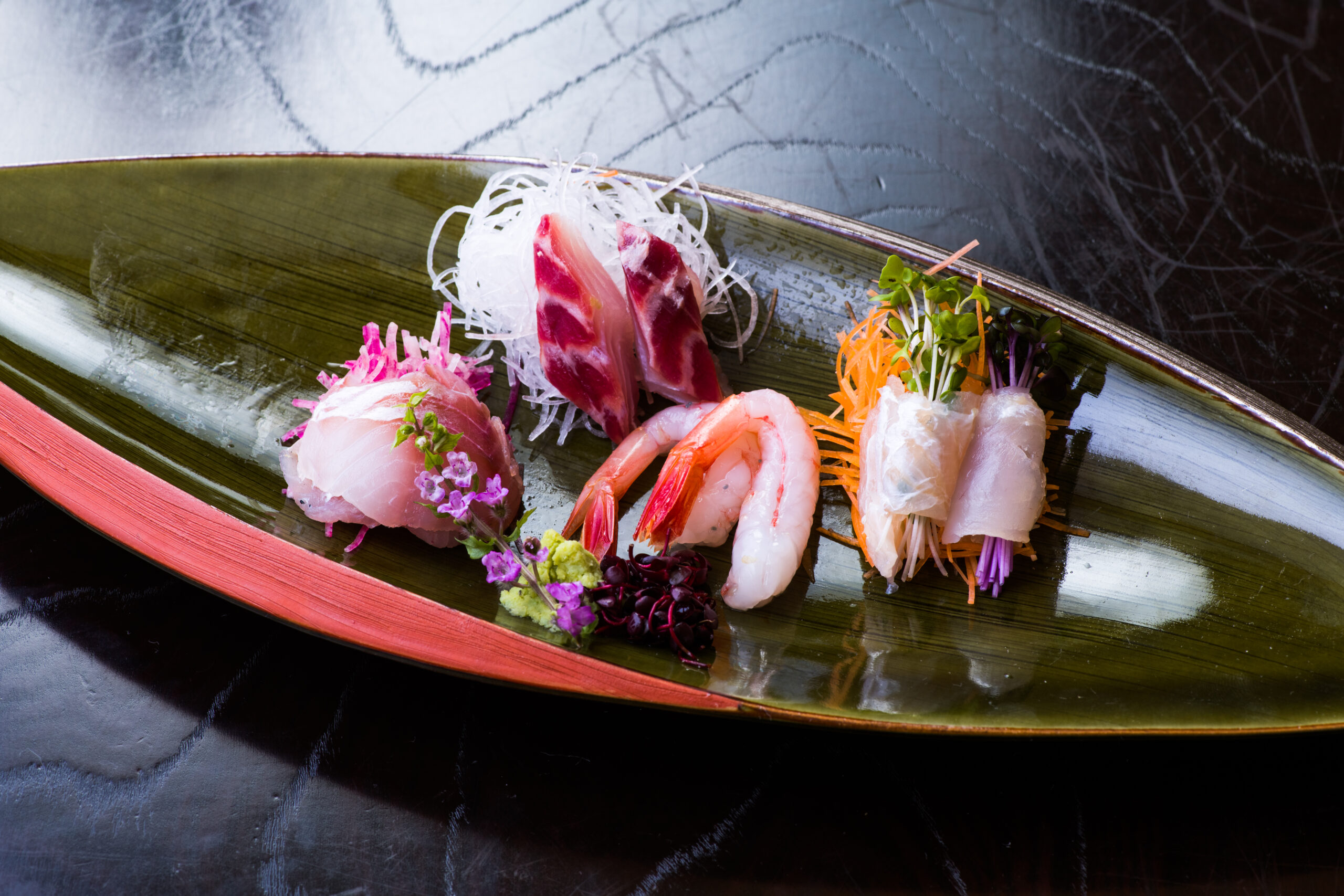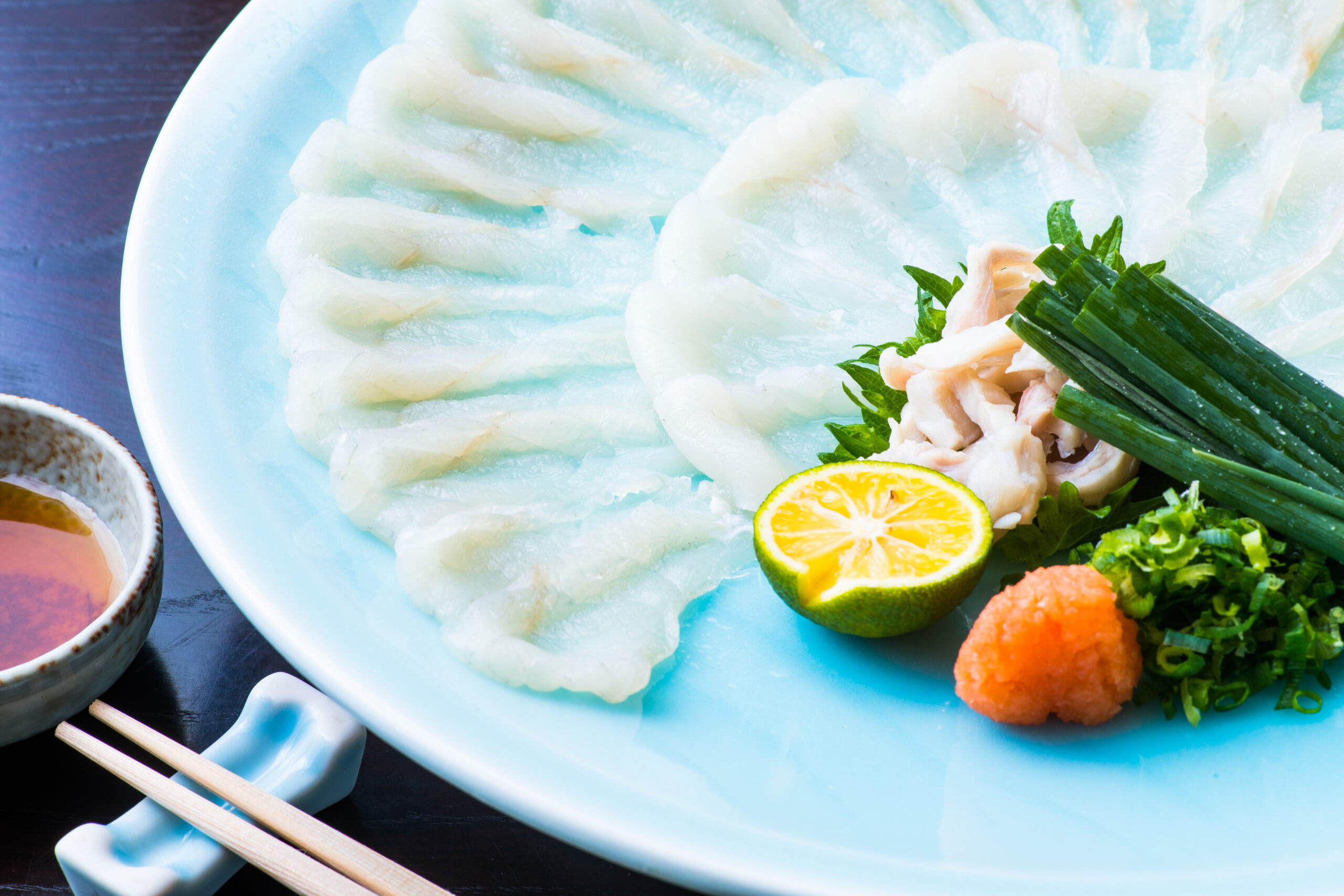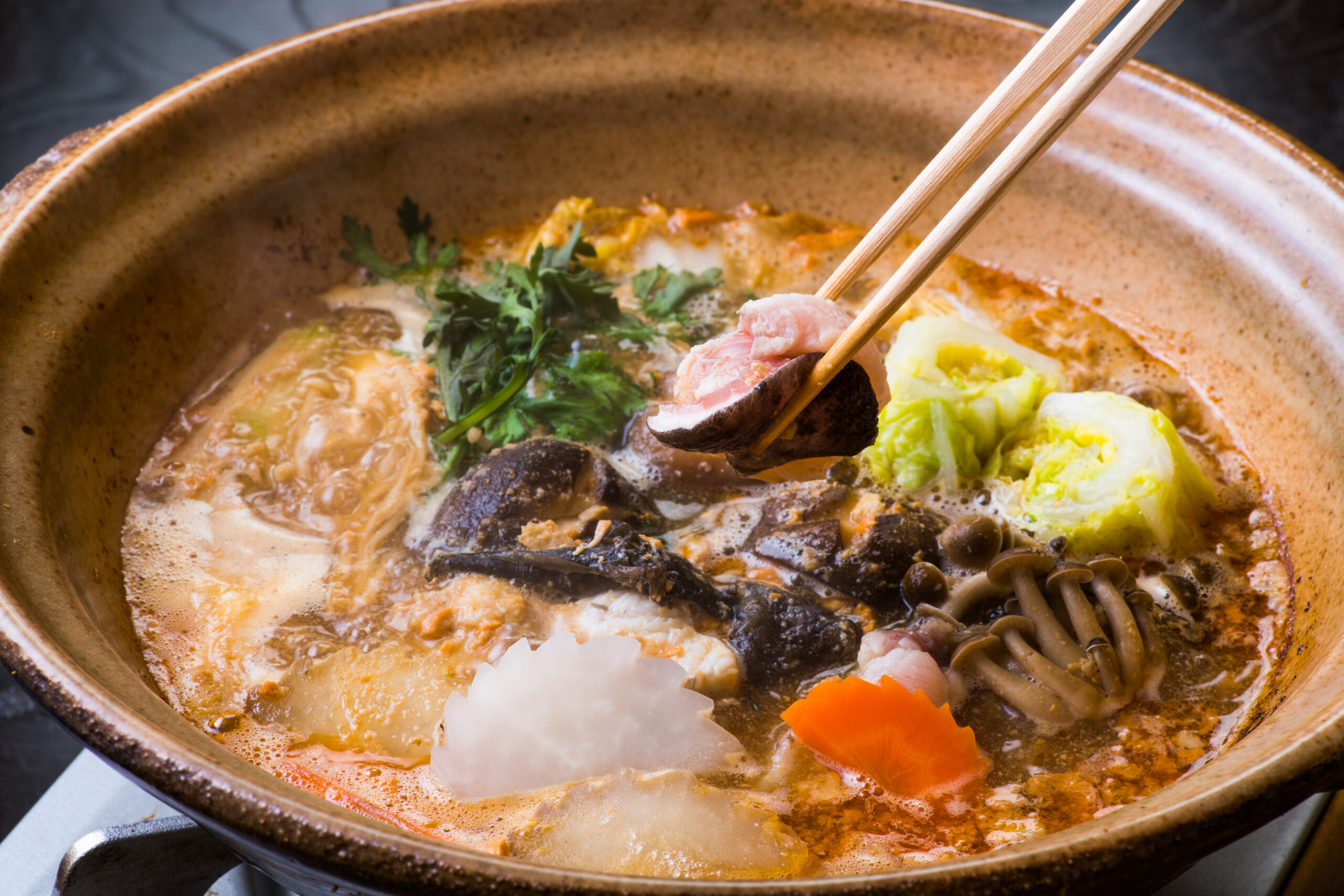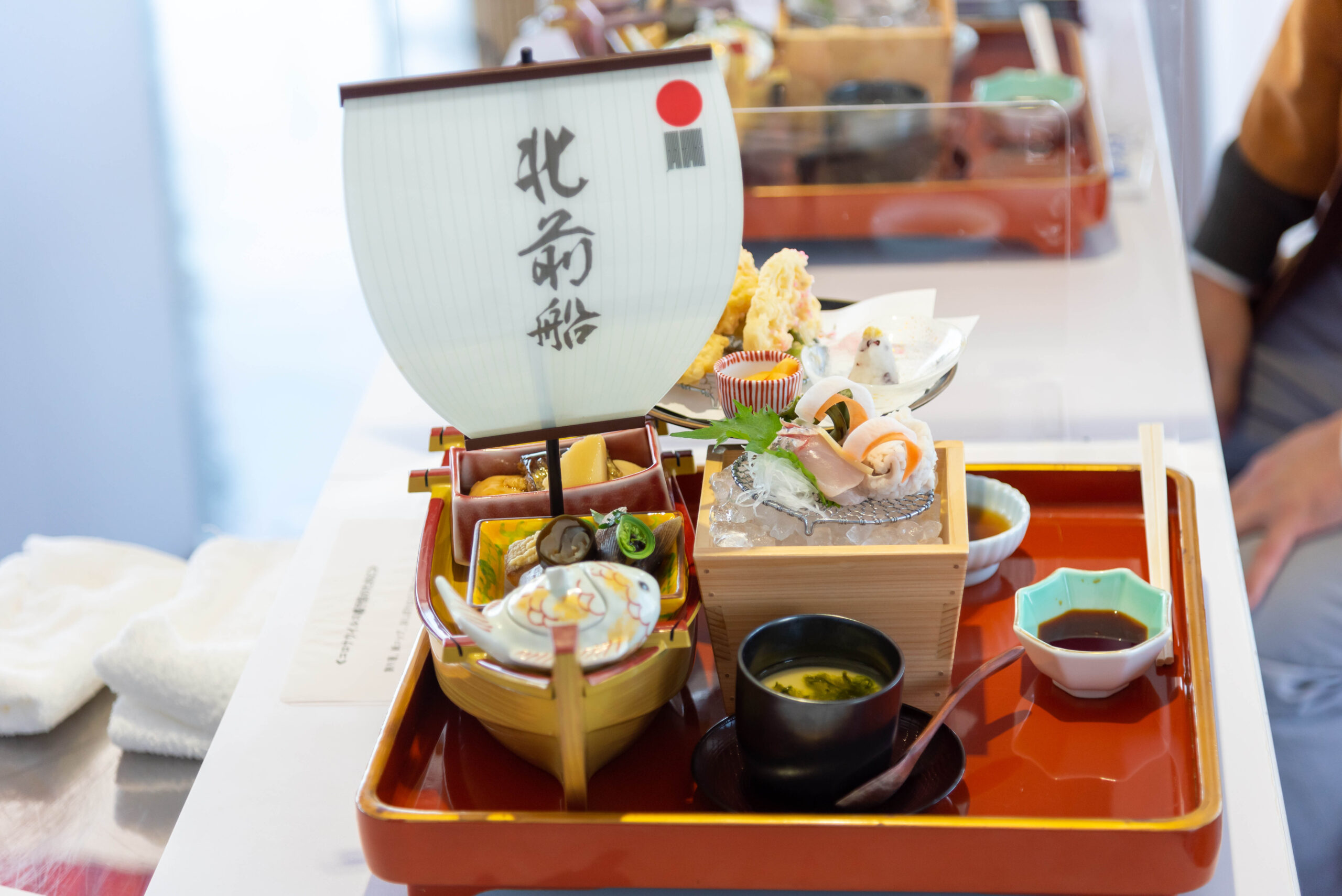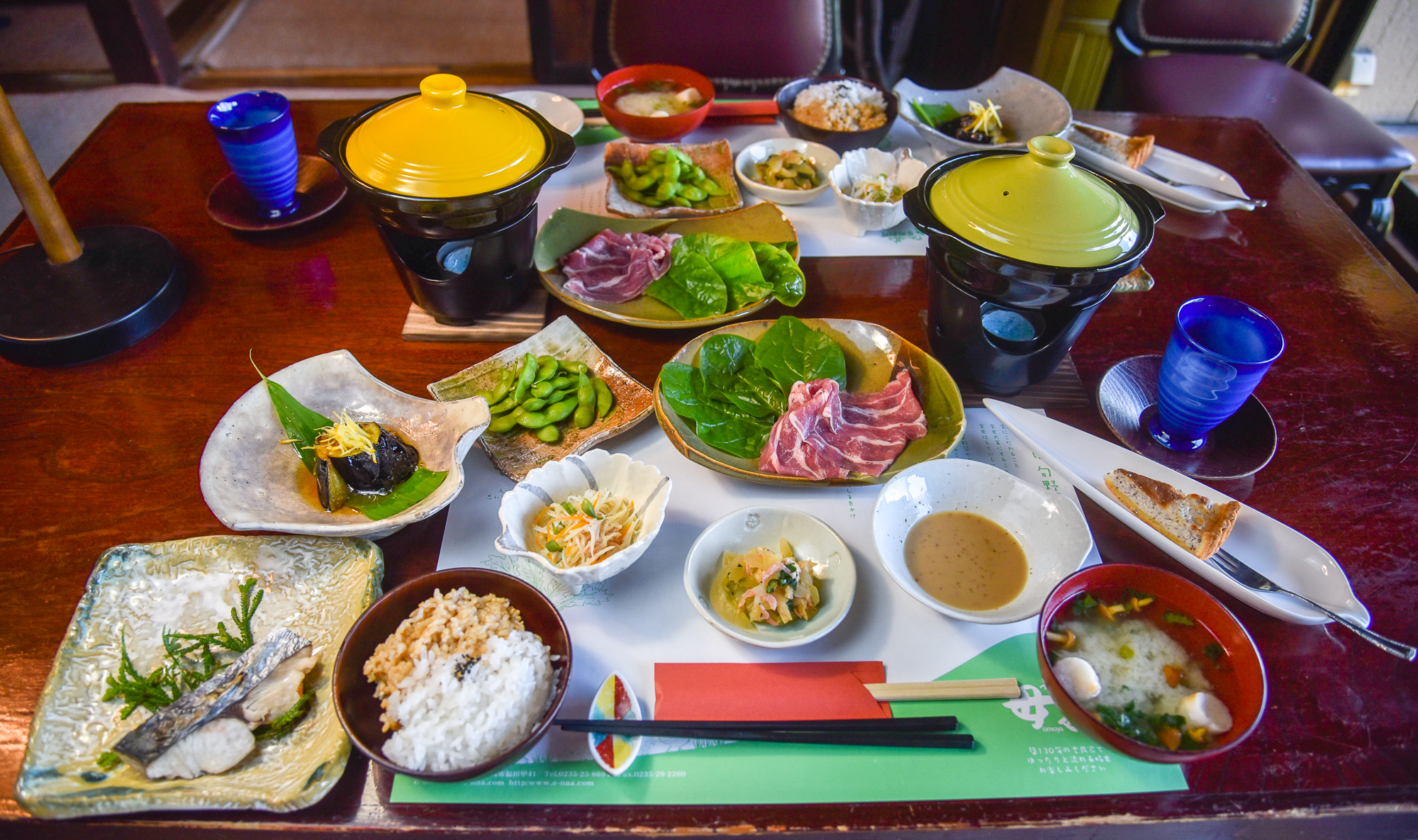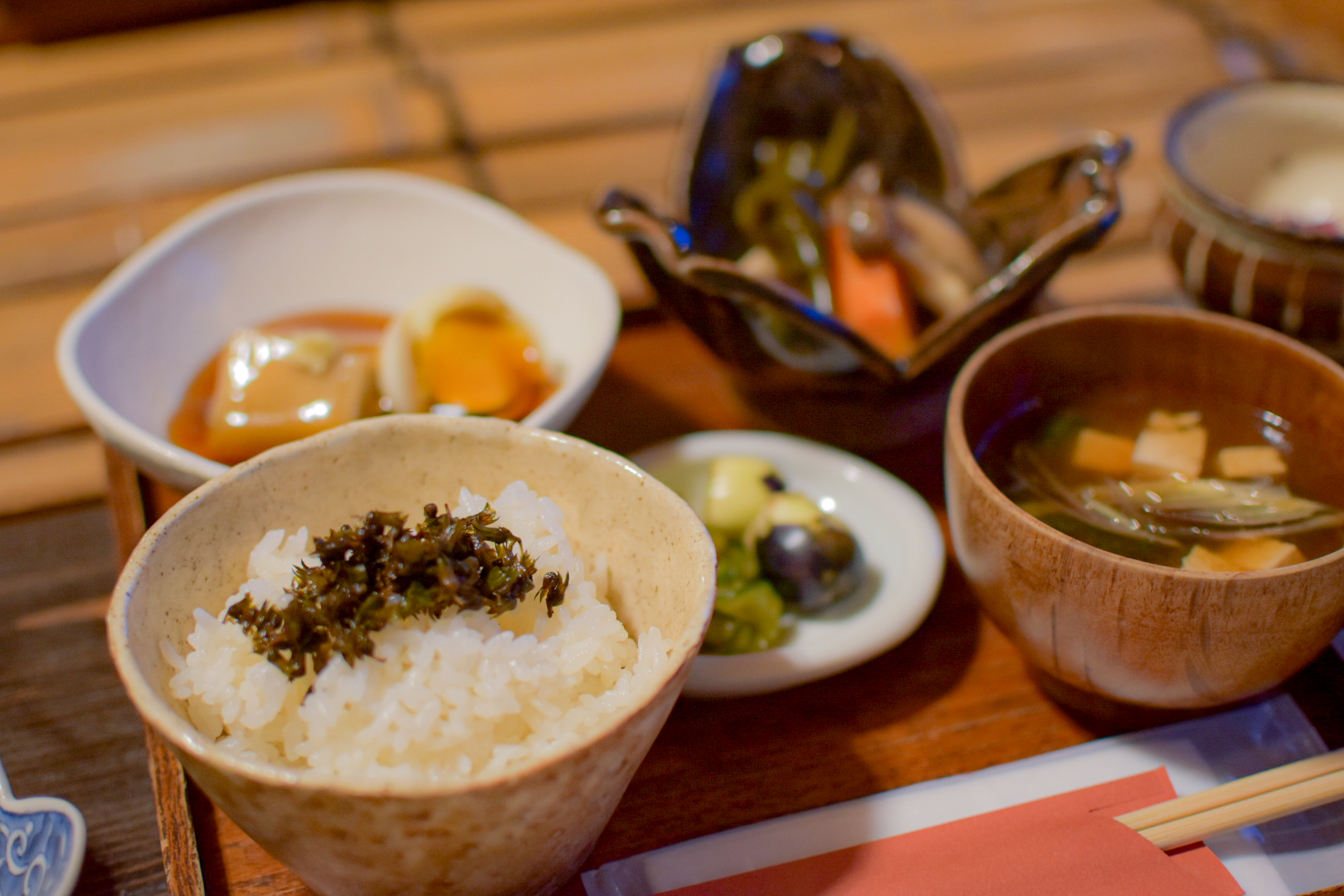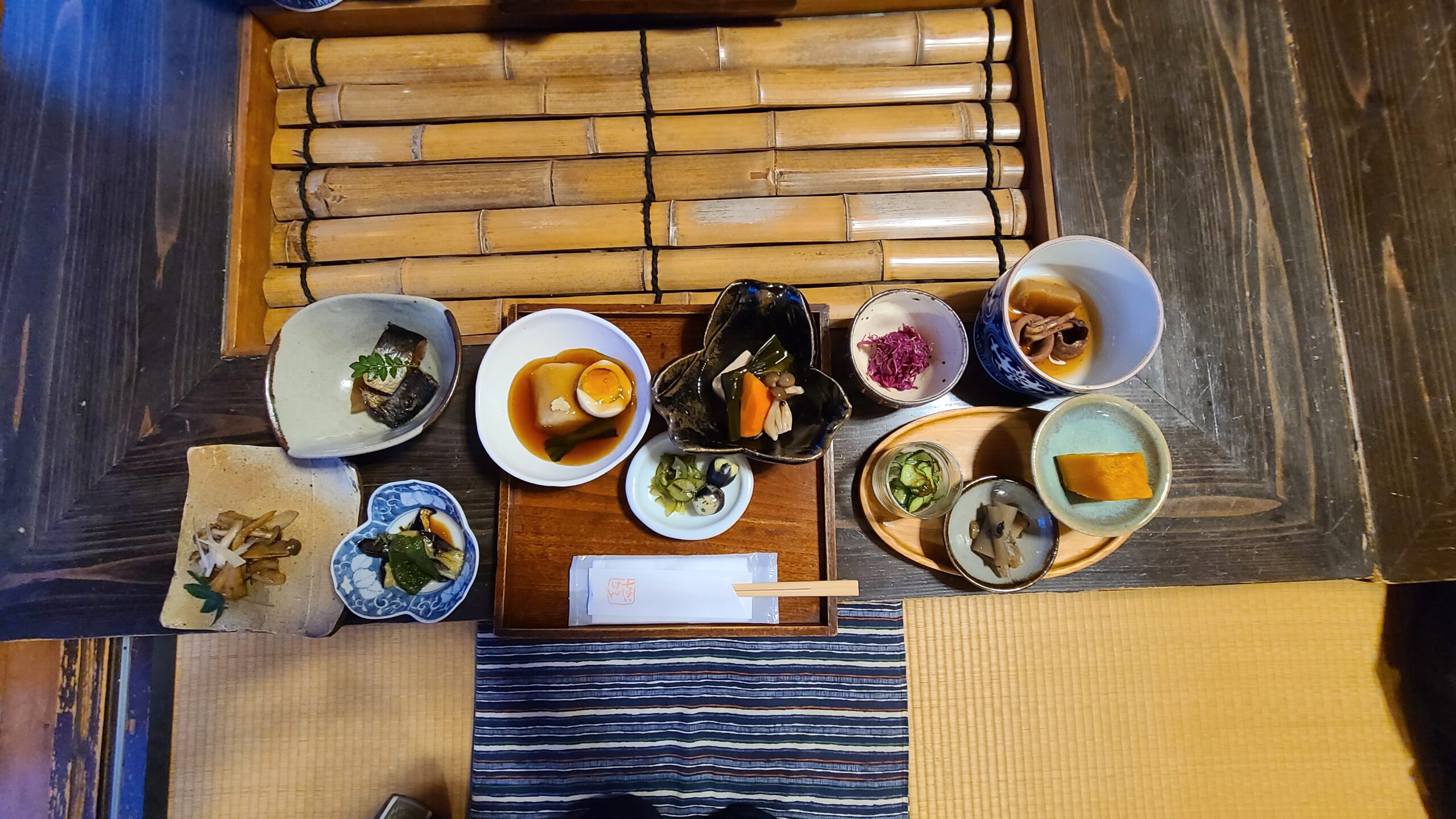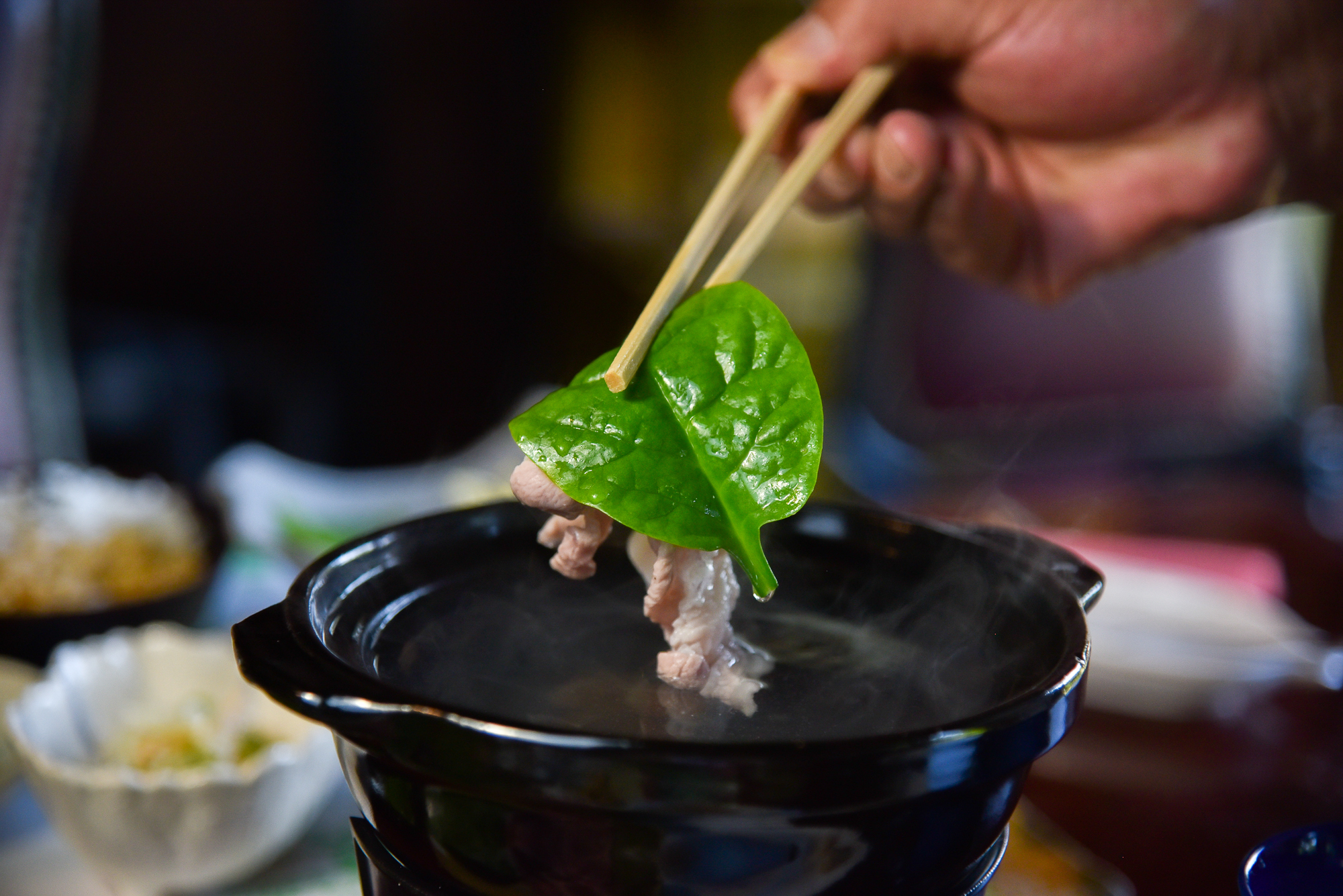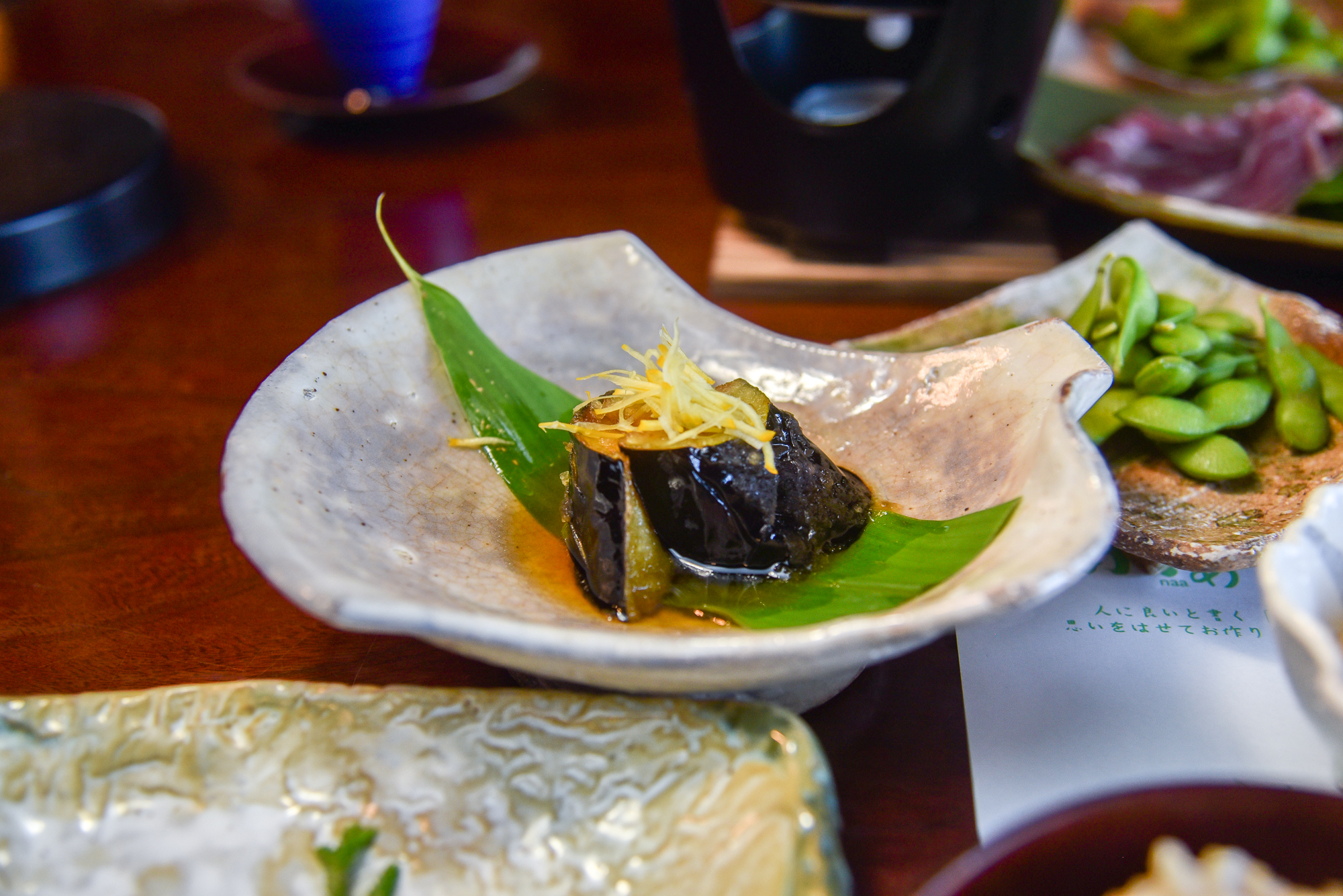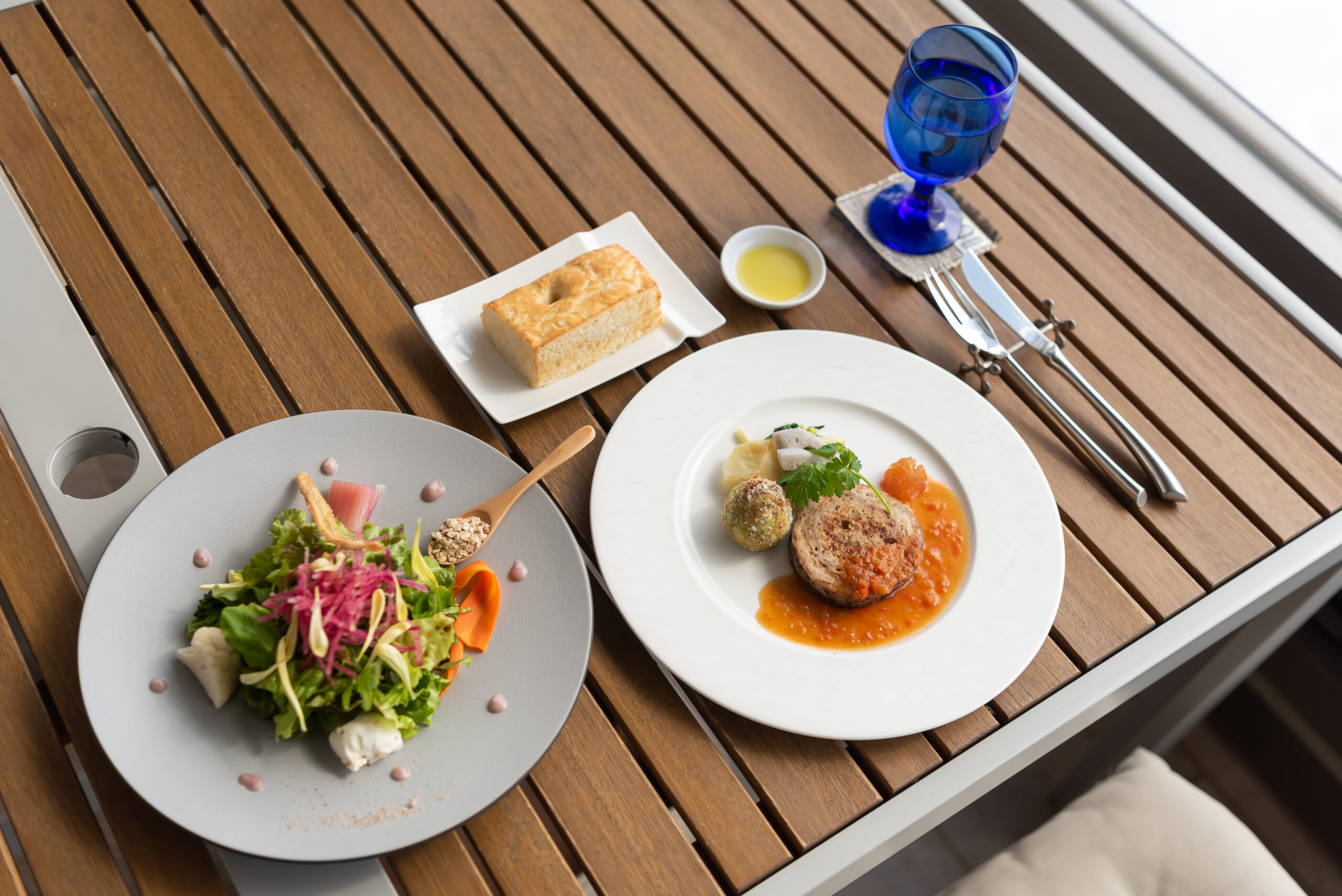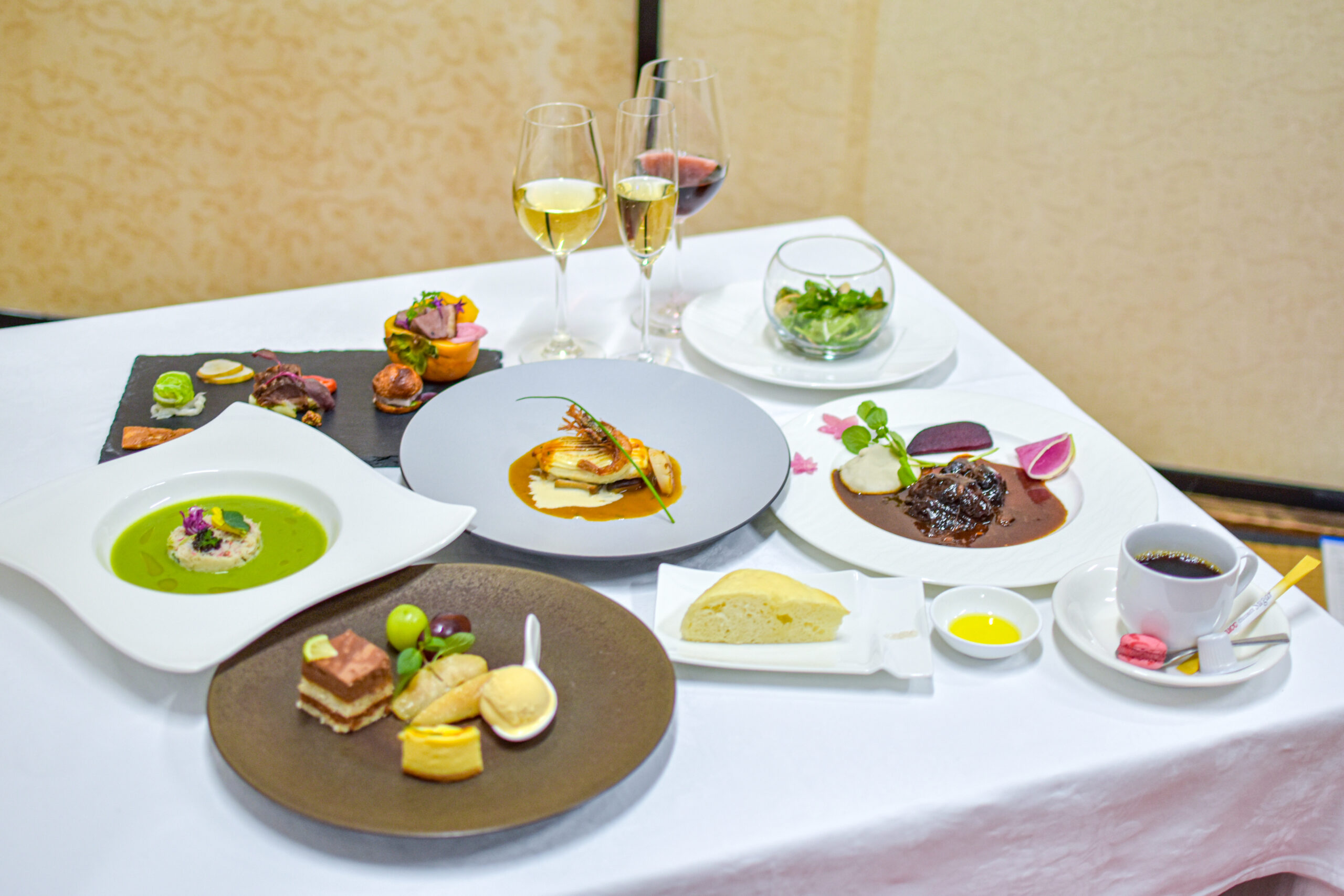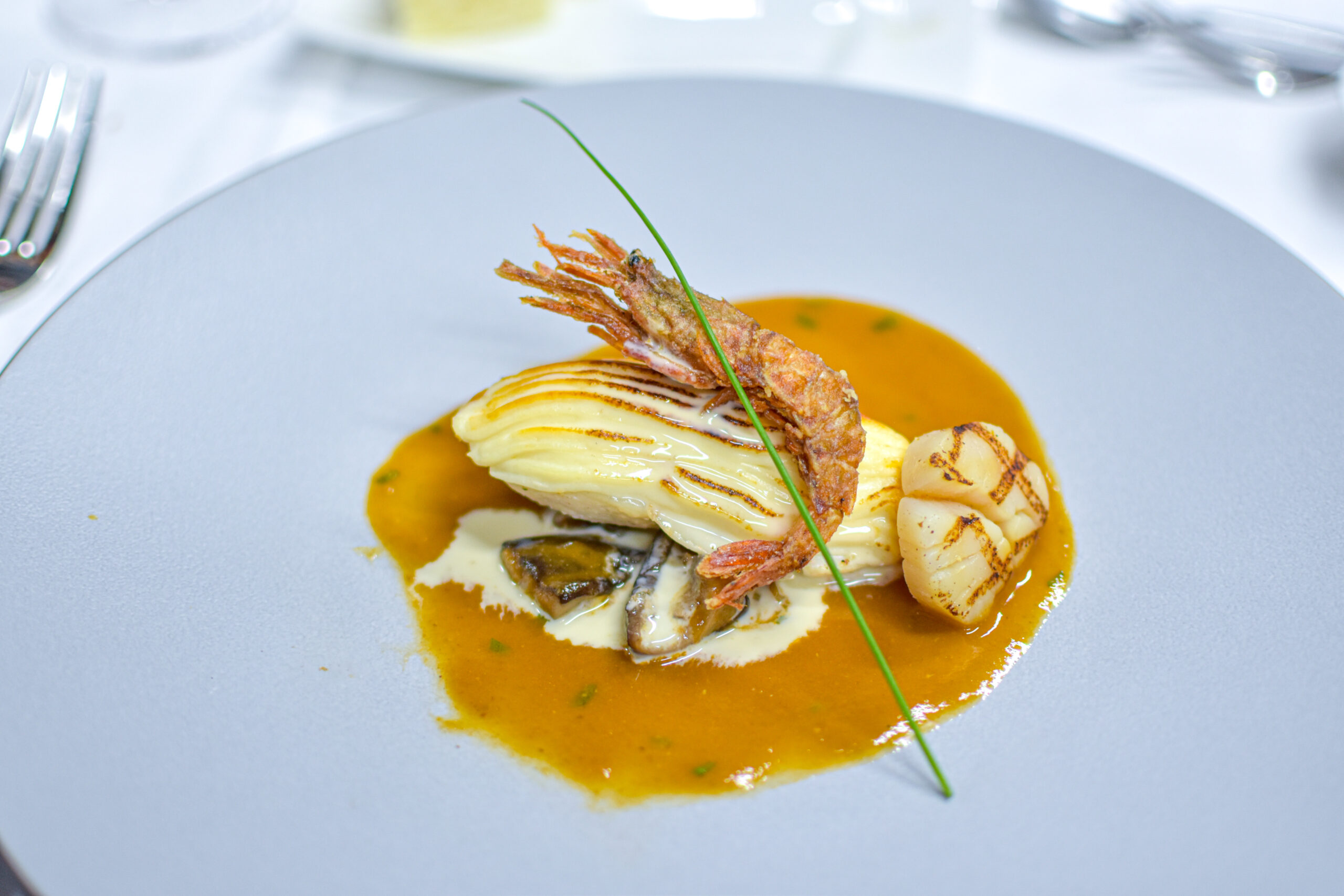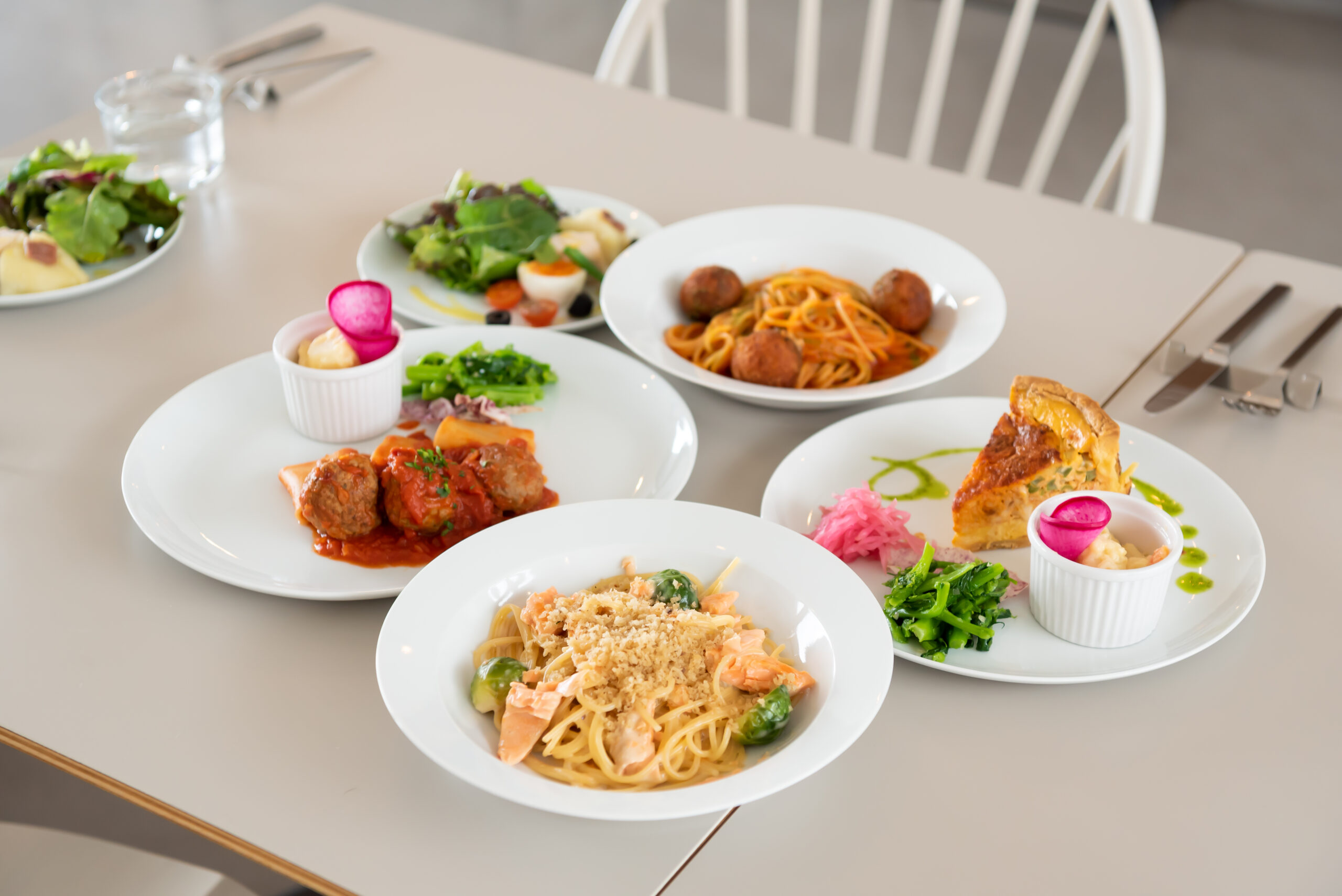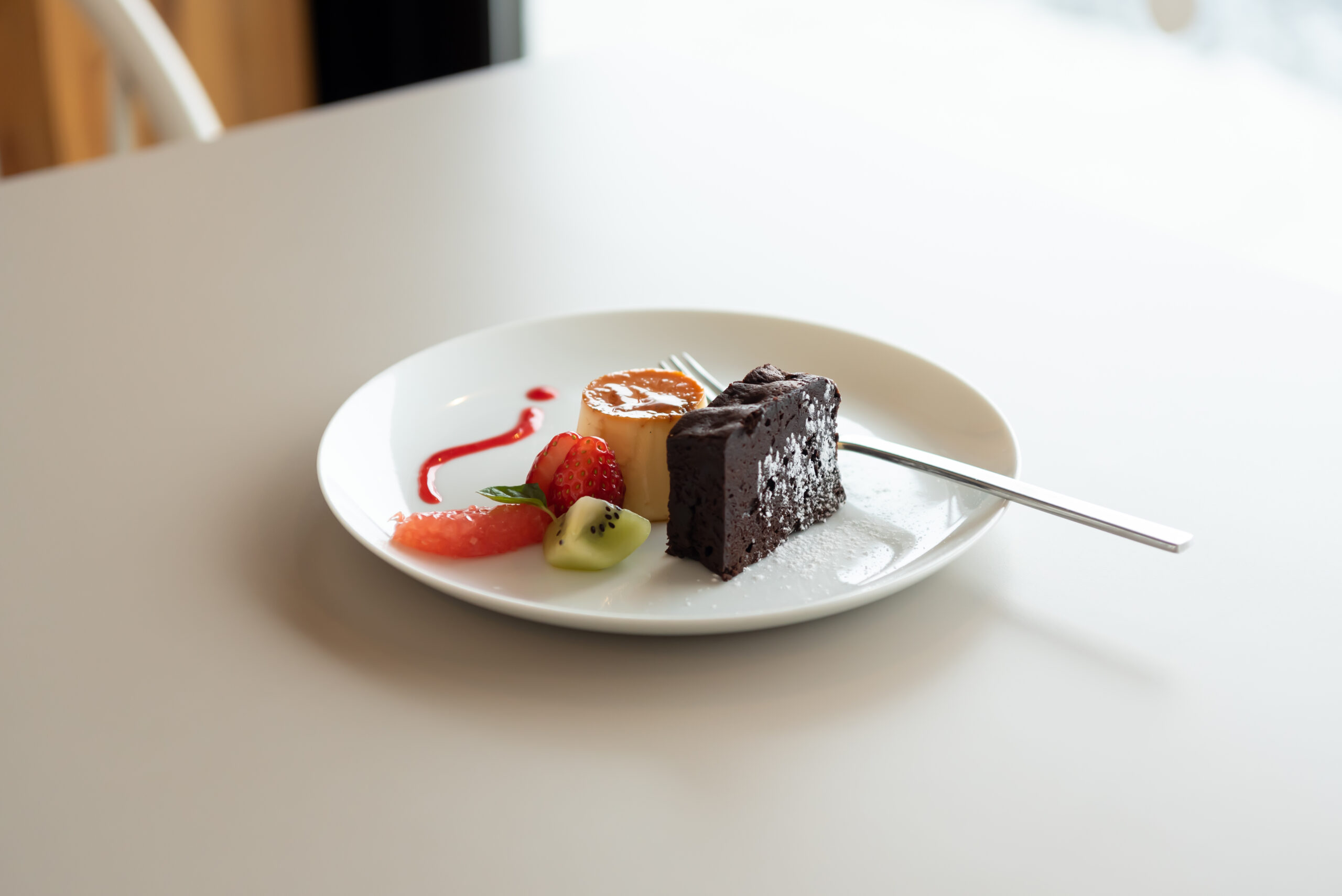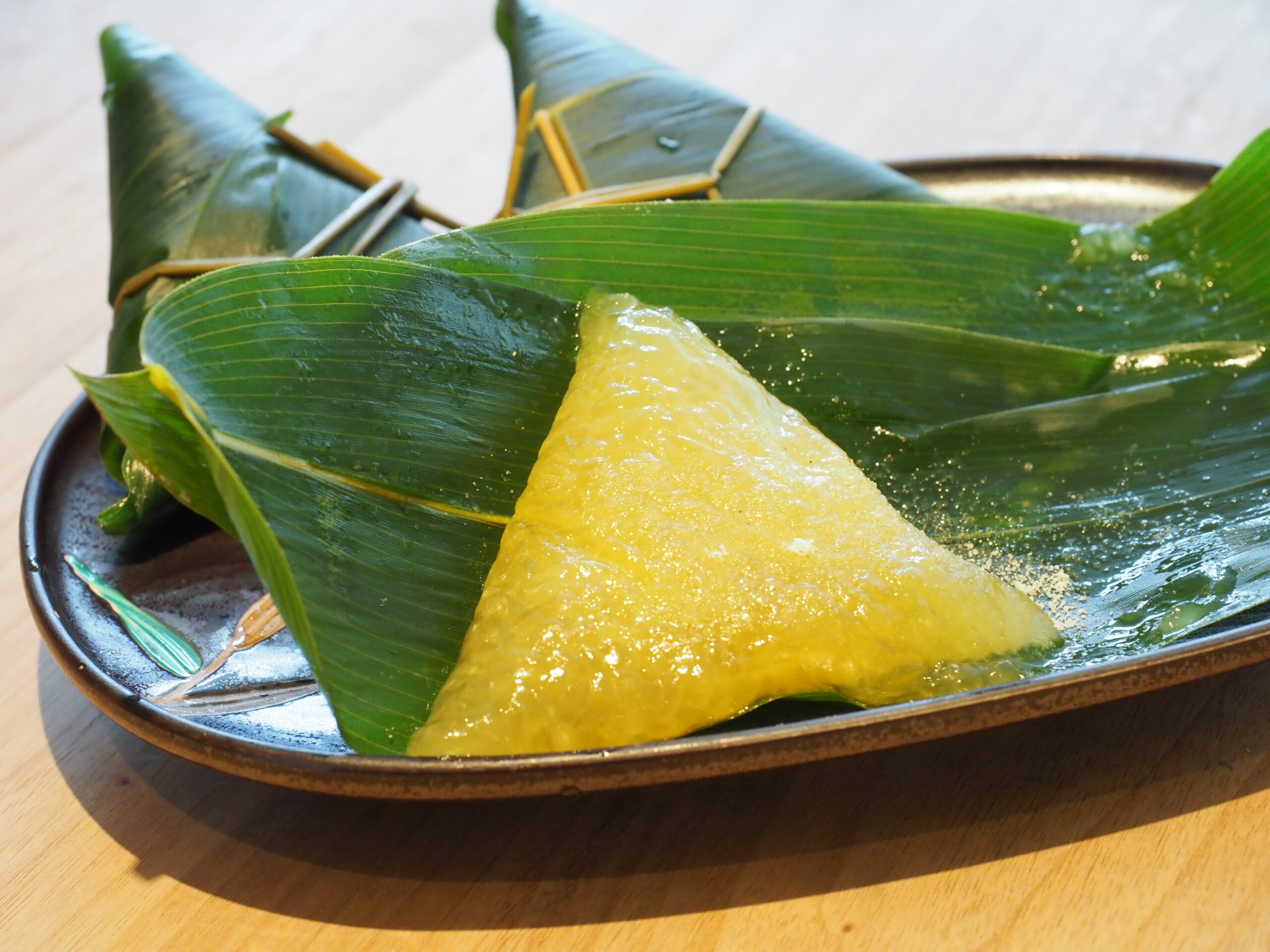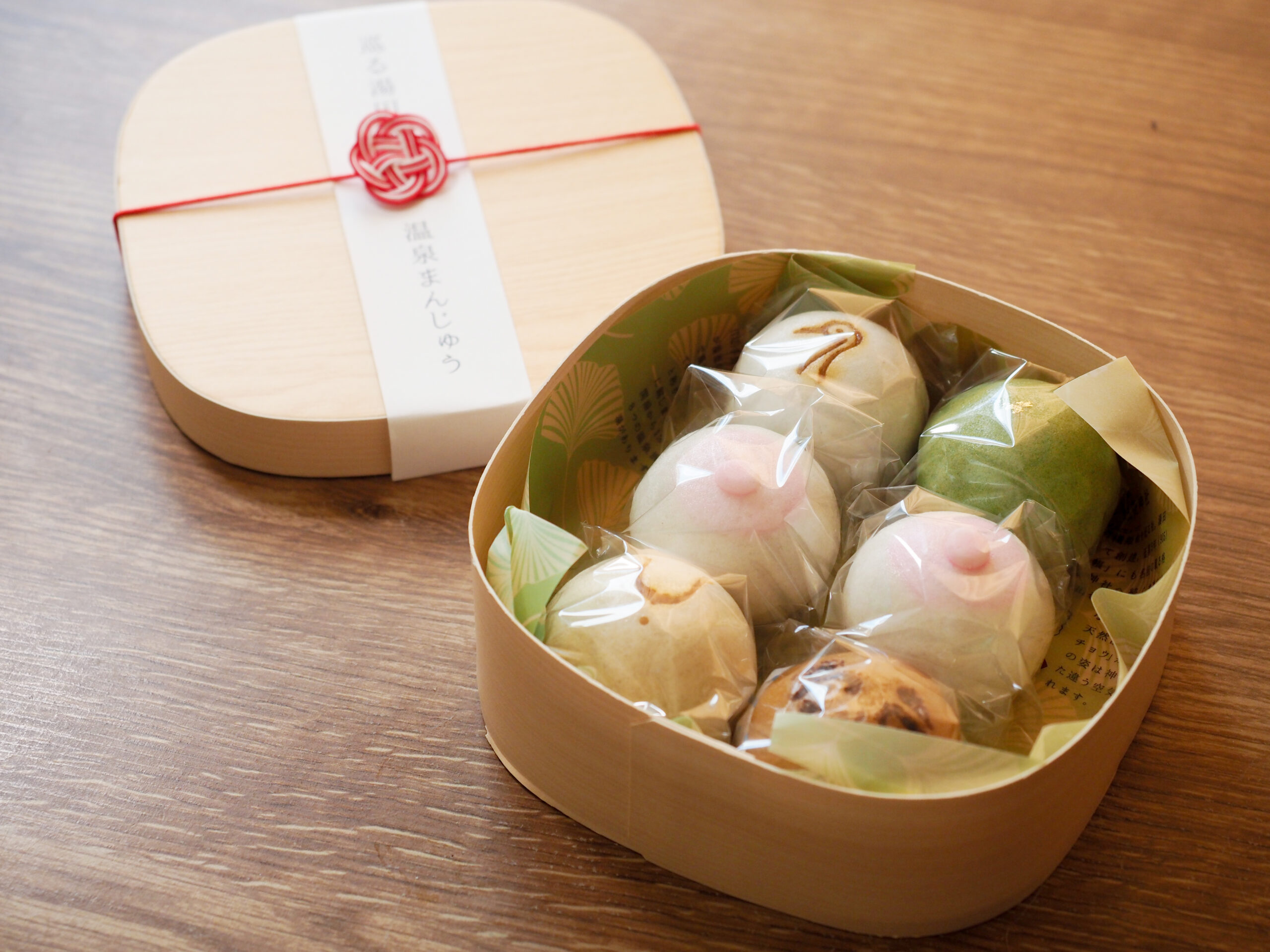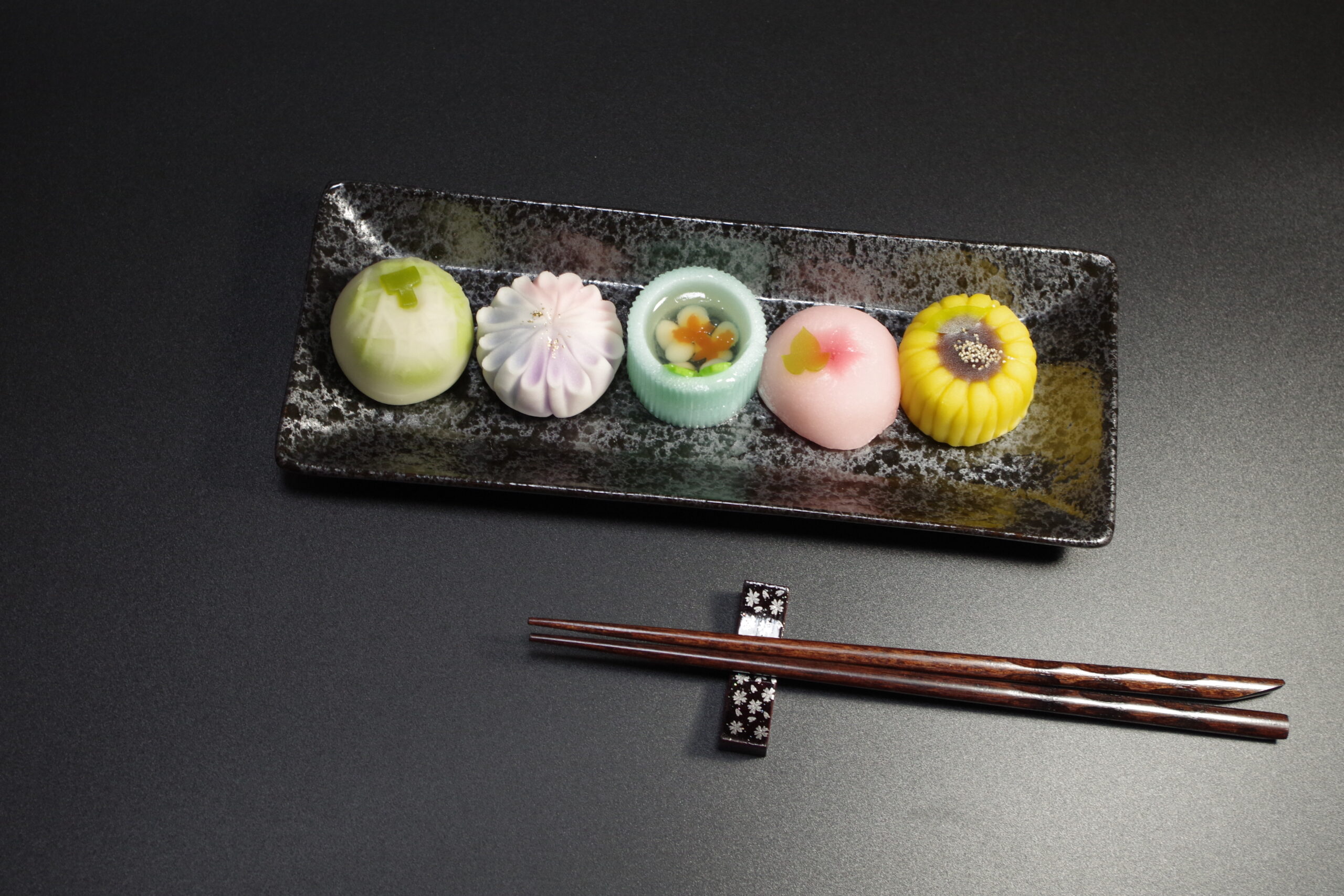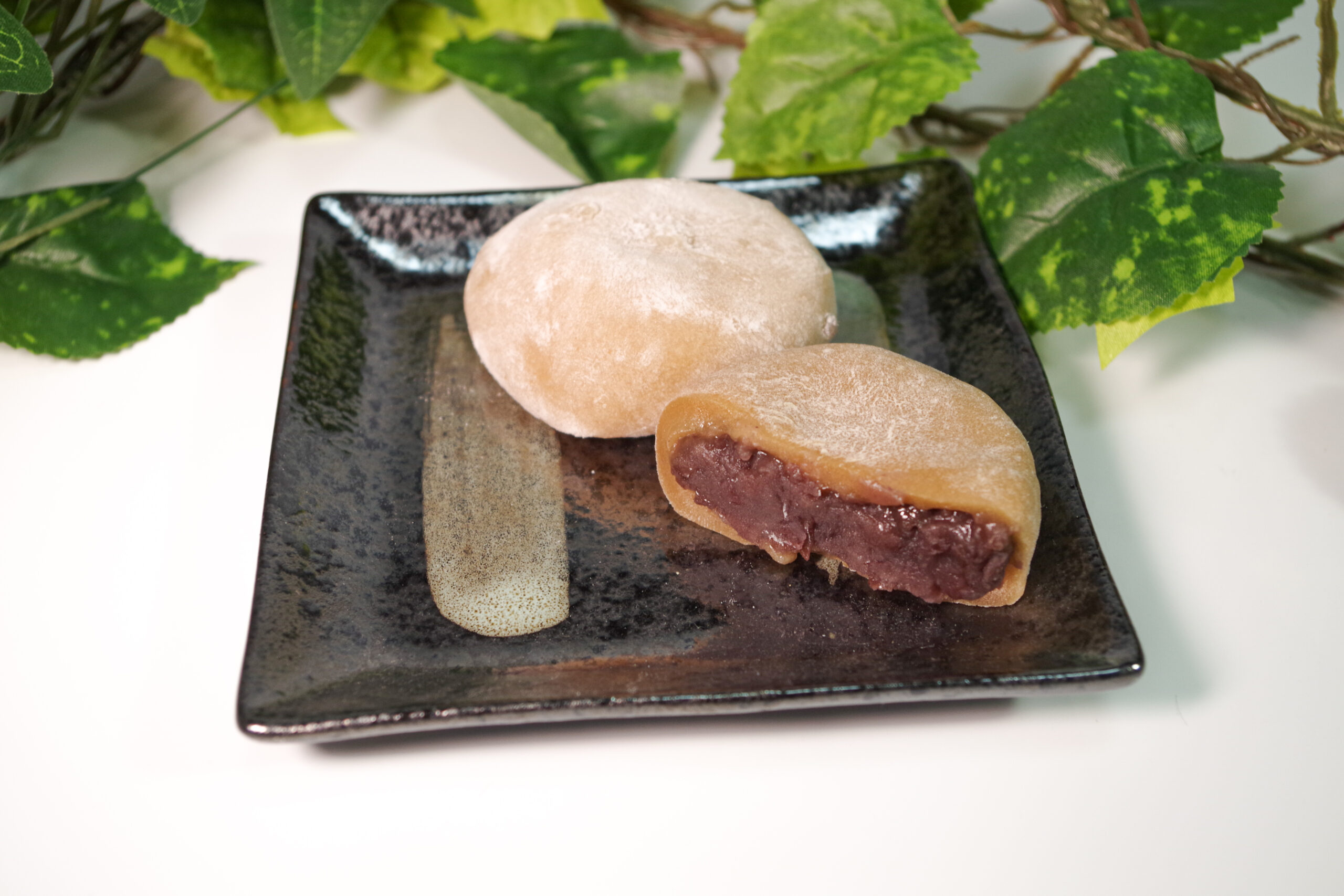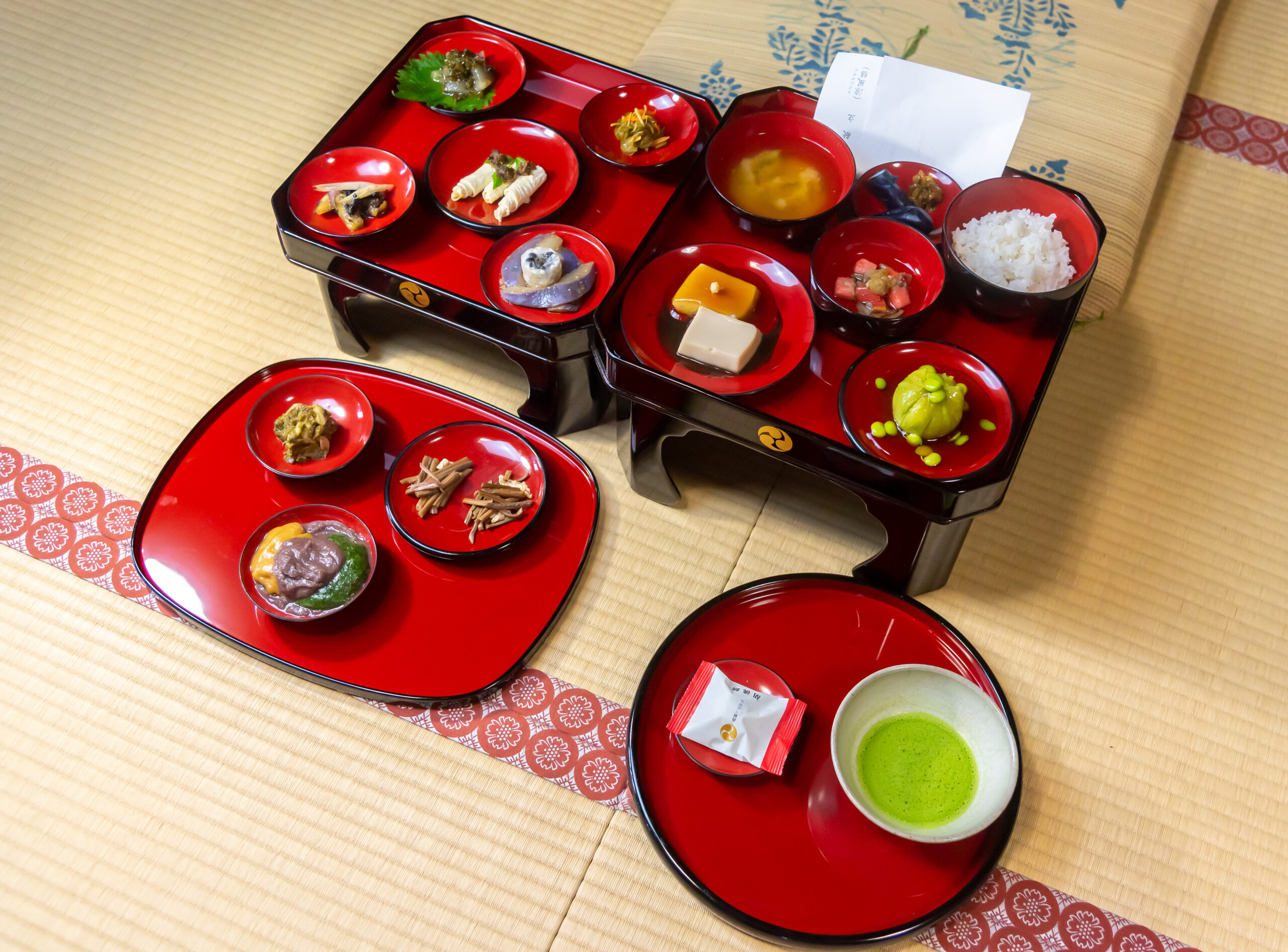
Tsuruoka, a UNESCO Creative City of Gastronomy: Where & what to eat?
In 2014, Tsuruoka proudly became the first city in Japan to be recognized as a UNESCO Creative City of Gastronomy. This title celebrates the deep-rooted connection between our land, our people, and our food. It honors the dedication of local farmers who have preserved the unique flavors of over 50 heirloom crops (zairaisakumotsu 在来作物), passed down through generations. It also highlights the rich culinary heritage that continues to inspire chefs to craft innovative dishes, blending time-honored traditions with modern creativity.
Now that we’ve whetted your appetite—what and where can you truly taste the essence of Tsuruoka’s gastronomy?
Where to eat?
(Open the map in a new tab to see each category. Warning: this list is non-exhaustive, there are many other delicious places hidden across the city!)
What to eat?
Dewa Sanzan’s Shojin-ryori
Shojin-ryori, like all of Tsuruoka’s traditional cuisine, is deeply rooted in the rhythms of the seasons. The ingredients and flavors change throughout the year, offering a different experience depending on when you sit down to eat.
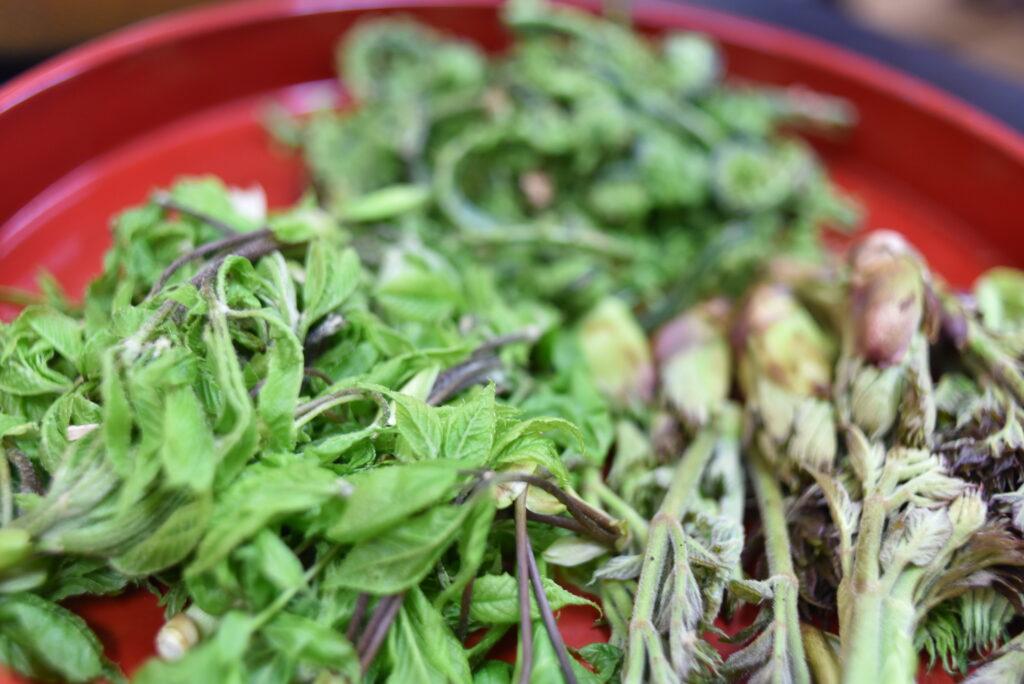
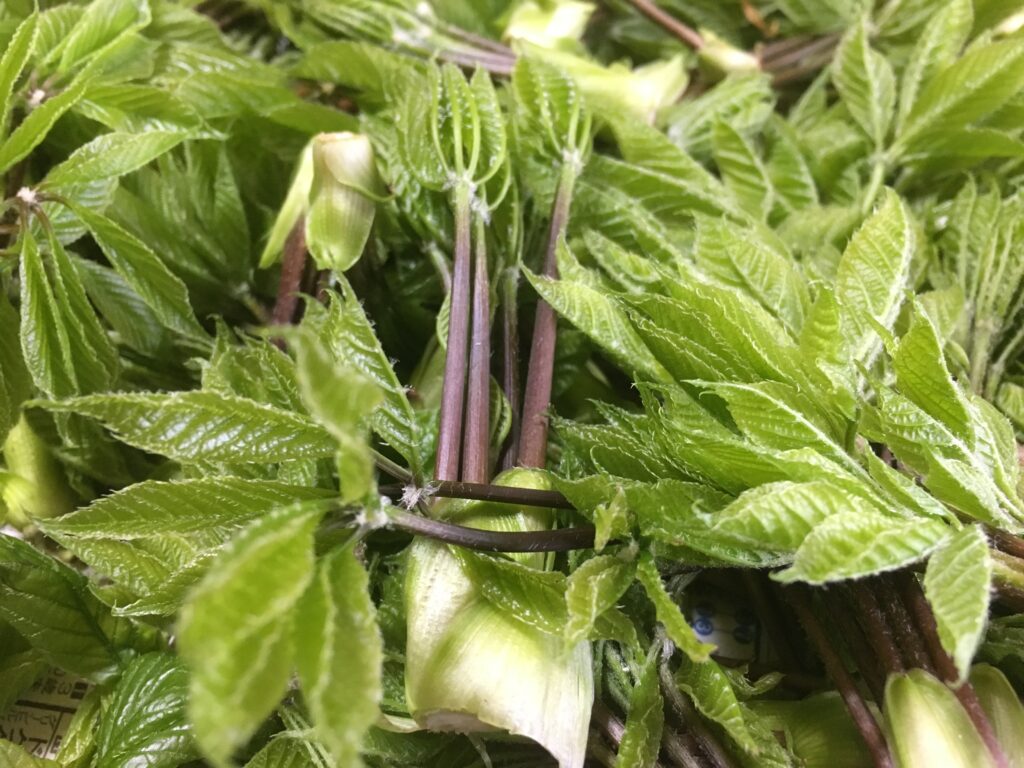
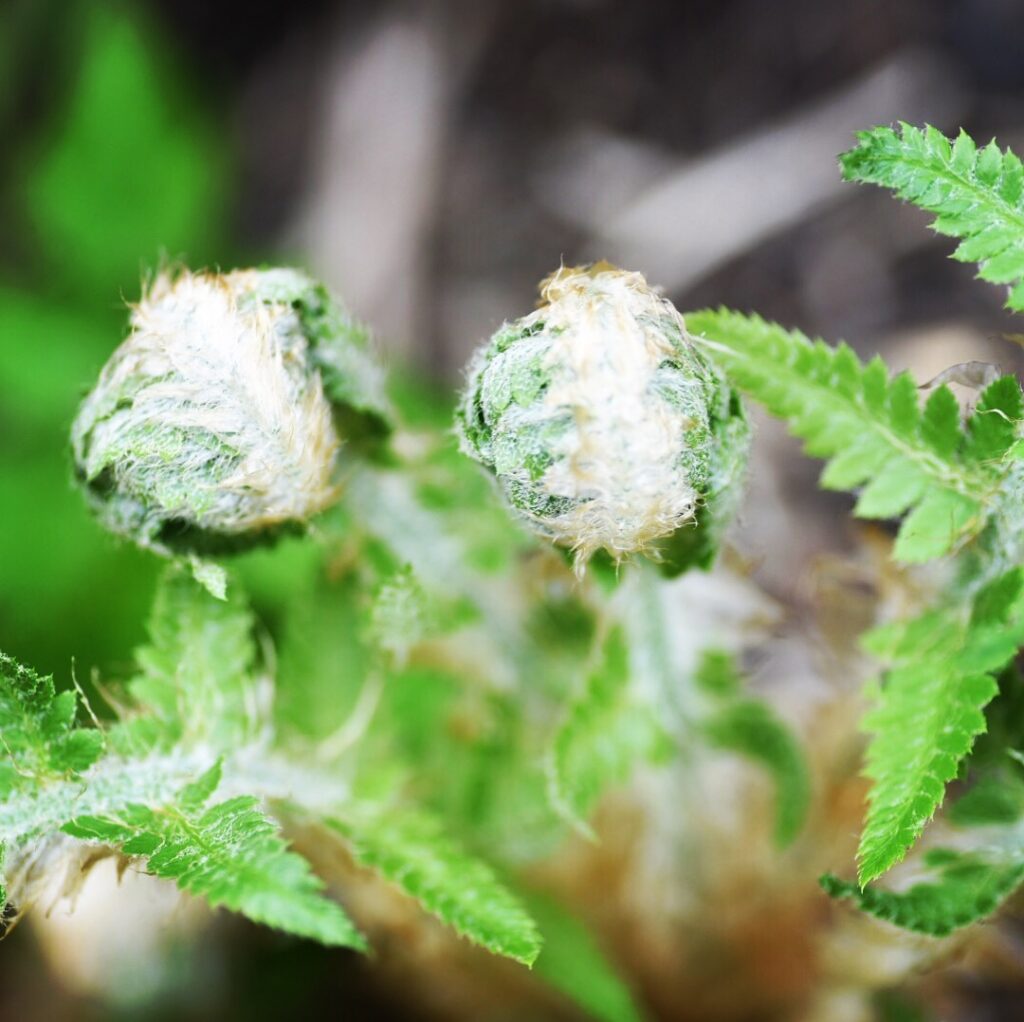
From late April to mid-May, the spotlight is on fresh mountain vegetables (sansai 山菜). You might enjoy kogomi (ostrich fern) served as crisp tempura or urui (plantain lily) dressed in a sweet-and-sour miso sauce. In summer, the focus shifts to vegetables grown in the fertile Shonai plains—eggplants, tomatoes, and the beloved dadachamame, a local variety of edamame. Autumn brings a bounty of wild mushrooms: tempura made with maitake (hen-of-the-woods) or a hearty miso and sake-lees soup featuring simmered shiitake. Winter relies on preserved mountain vegetables, carefully rehydrated and cooked into warming, salty dishes that bring new life to the foraged harvests of earlier months.
One element remains constant throughout the year: goma dofu (胡麻豆腐), or sesame tofu. A signature of Dewa Sanzan’s shojin-ryori, this dish requires nearly four hours to prepare. The sesame seeds are ground and pressed by hand to extract their rich juice, which is then energically cooked and set until it forms a smooth, delicate jelly. It’s typically served with a sweet, glossy soy-based sauce called ankake, and is beloved for both its subtle flavor and its silky texture.
Dewa Sanzan’s shojin-ryori is not vegan by default!
Shojin-ryori on the Dewa Sanzan has evolved over the centuries. Originally a vegan Buddhist cuisine, it has since incorporated elements of Shinto practice. For instance, the miso soup often includes dashi made with bonito flakes, and some shukubo (pilgrims’ lodgings) may even serve fish as part of their meals.
This shift stems from the historical conversion of the Dewa Sanzan to Shinto in 1869, following the 1868 Shinbutsu Bunri law that mandated the separation of Buddhism and Shinto.
If you require a fully vegan Shojin-ryori meal, we recommend either requesting lunch at a Buddhist temple such as Gyokusenji or making a special request directly to your shukubo at least three days prior to your visit.
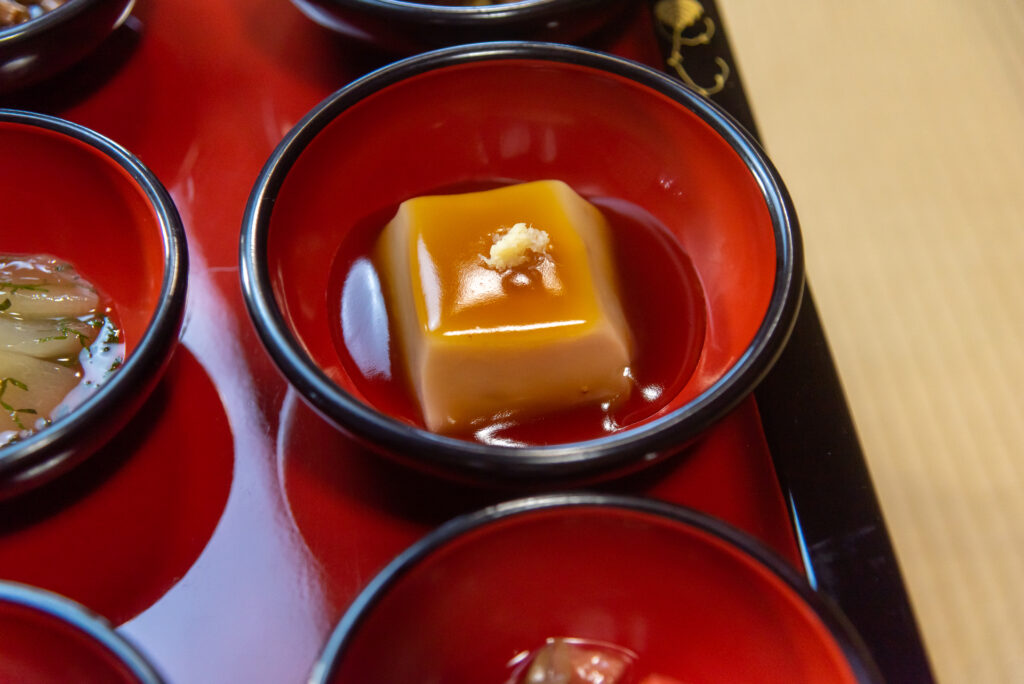
- Where to eat?
-
-In Tamonkan, a ryokan (traditional Japanese accommodation) located in Mt. Haguro’s Shukubogai.
-In Shukubo lodges that belong to the Dewa Sanzan Shojin-Ryori Project (mainly on Mt. Haguro + Yudonosan Sanrojo in Mt. Yudono + Busshoike Goya on Mt. Gassan).
-In Gyokusenji Temple (upon request as well). This is the only place where the shojin-ryori is vegan by default, as it is served in a Buddhist Temple.
Most places need a prior reservation to your visit. Our local travel agencies can help you make a reservation. Contact us.
☞ Look for the “Dewa Sanzan Shojin-Ryori” category on our culinary map
Seafood: fugu (blowfish), sushi & sashimi, fish soups…
Tsuruoka’s proximity to the coast grants it daily access to an abundance of fresh fish, shellfish, and seaweeds, which have sustained its people for generations. But what truly sets Tsuruoka’s seafood apart is a unique natural and spiritual connection to the mountains that tower above it.
For centuries, locals believed that the melting snow from Mt. Gassan—the highest and holiest of the Dewa Sanzan—carried sacred minerals from its pristine summits down through mountain streams and rivers, eventually flowing into the Sea of Japan. This nutrient-rich water was thought to nourish the coastal waters, giving rise to vibrant marine life. This spiritual ecology shaped not only how the region’s people viewed their food, but also how they prepared and appreciated it—with deep reverence for nature’s cycles.
Summer seafood: squids and rock oysters
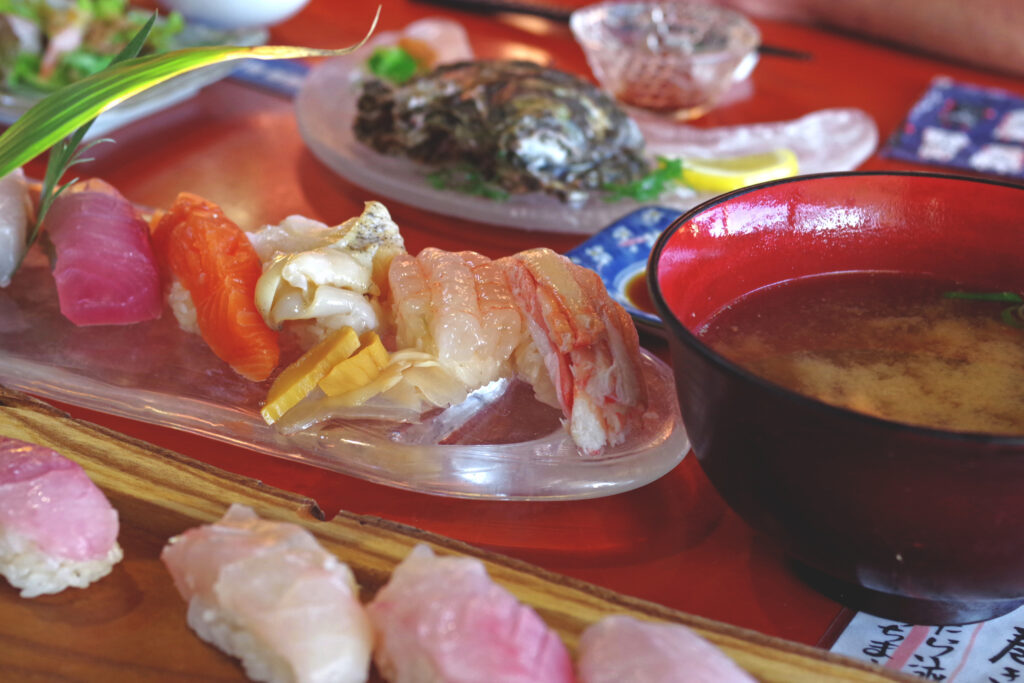
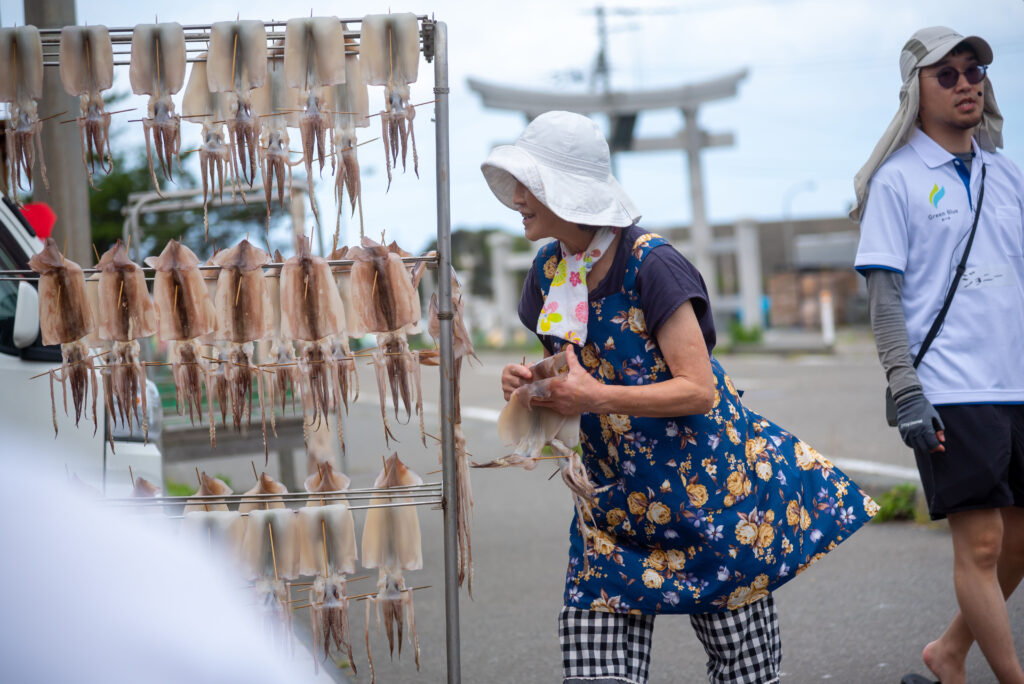
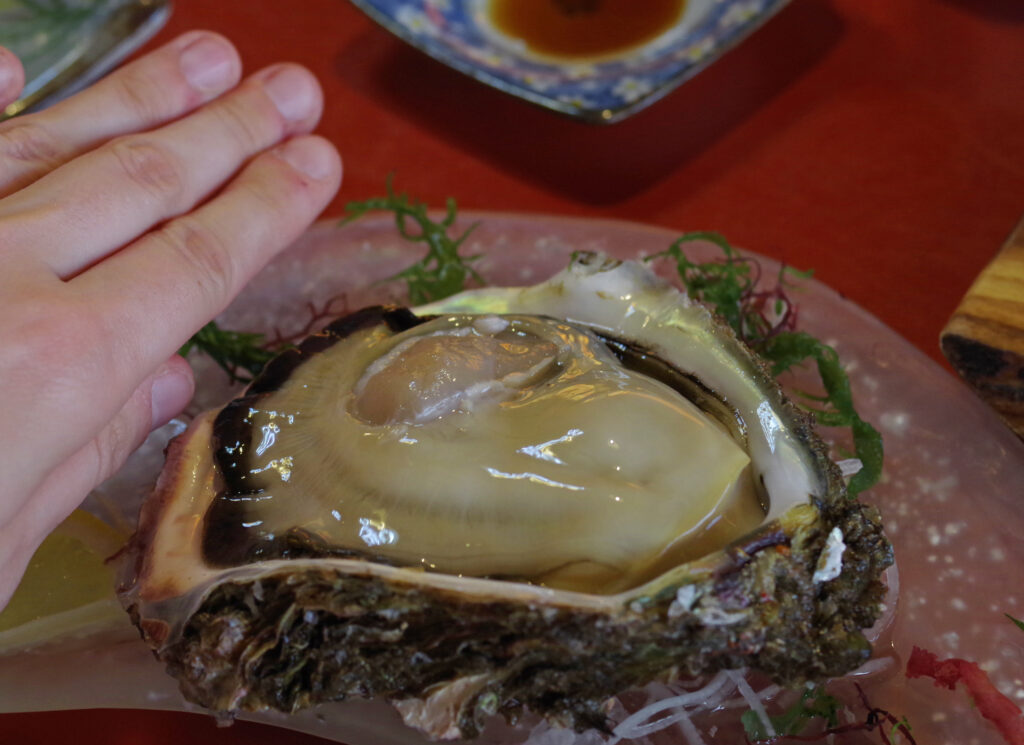
Autumn seafood: sandfish and sweet shrimps
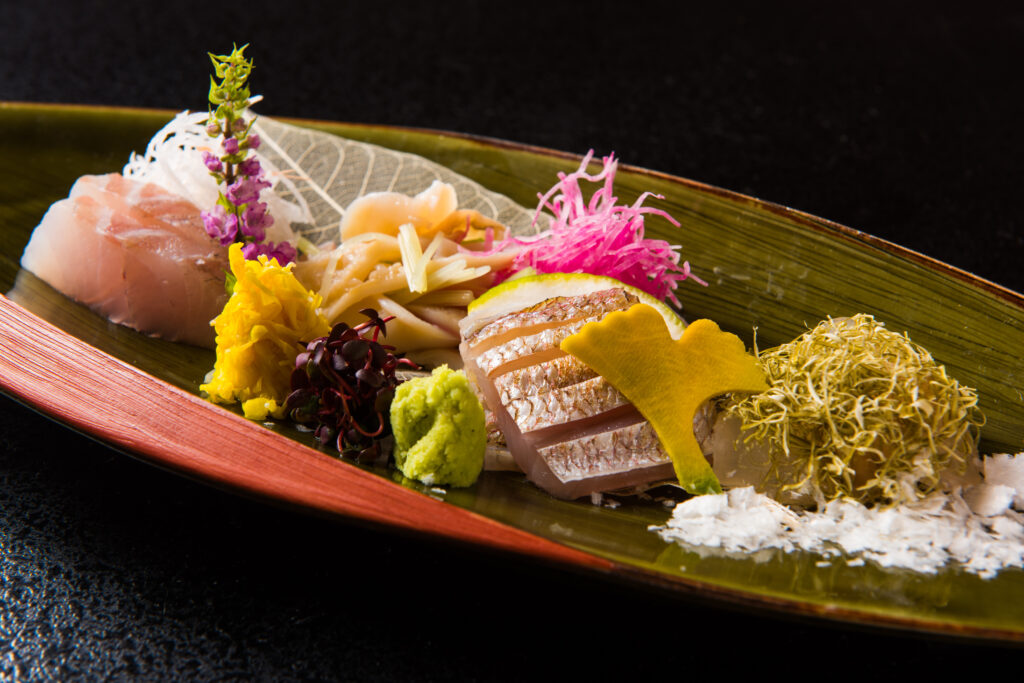
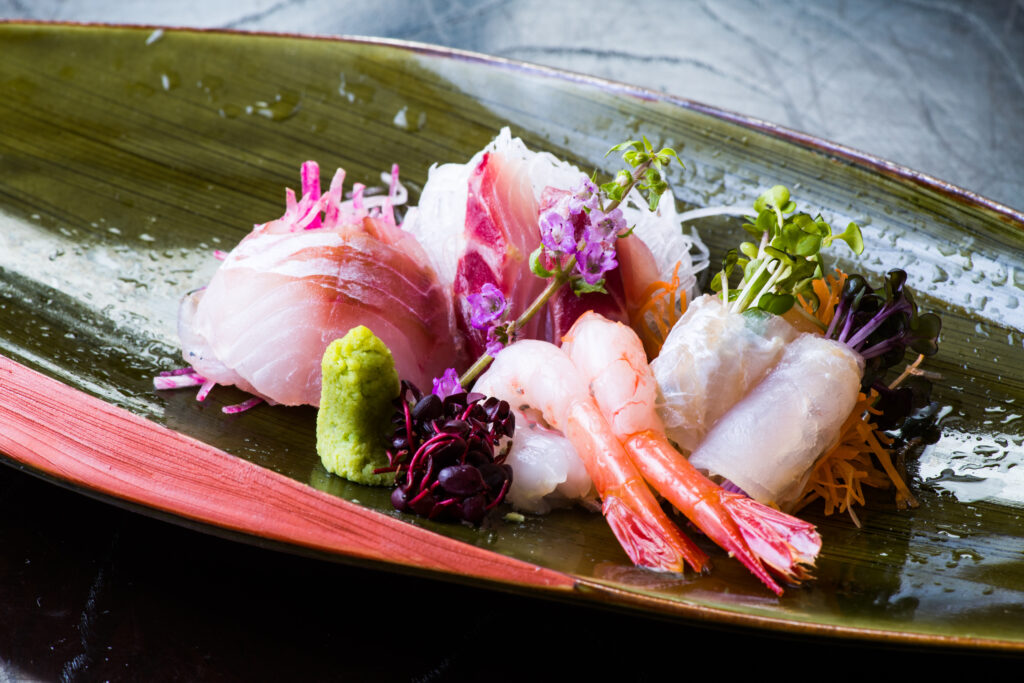
Winter seafood: Fugu, anglerfish and black cod
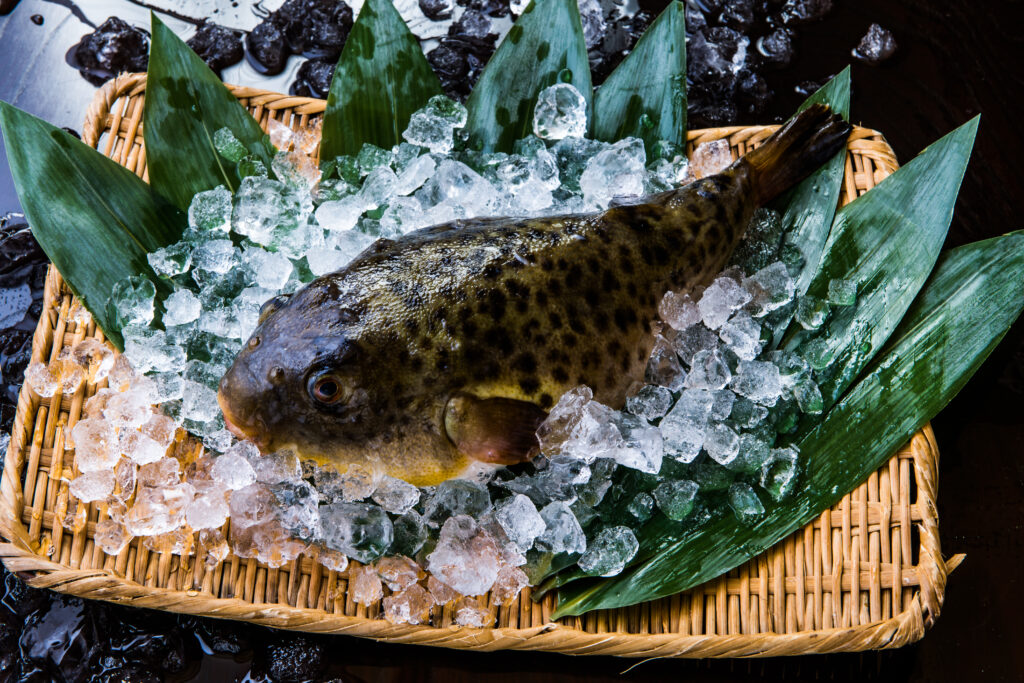
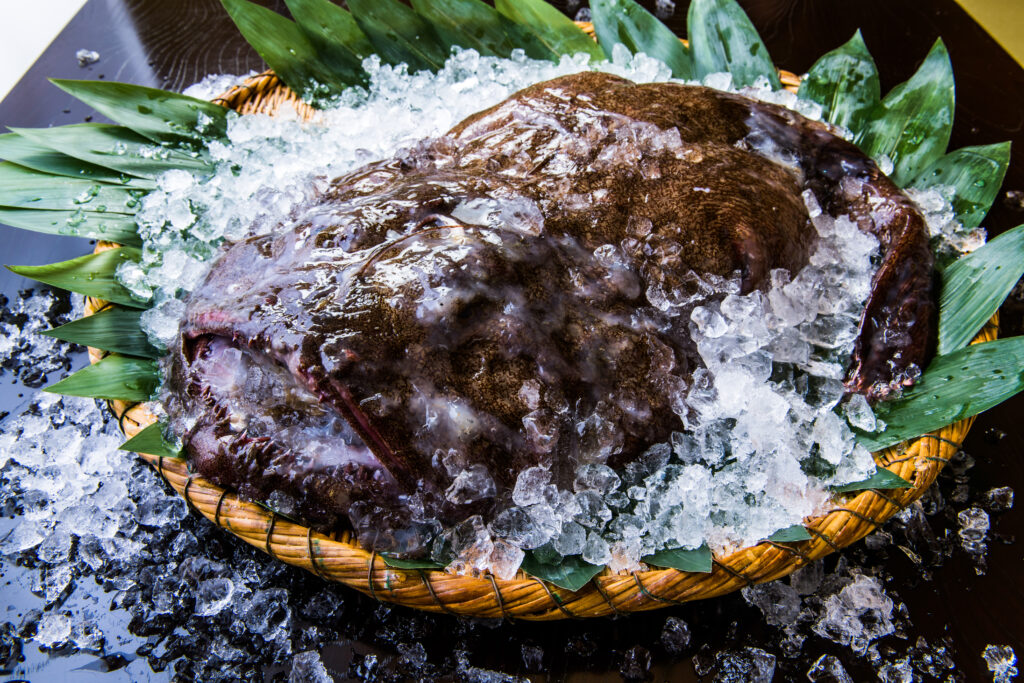
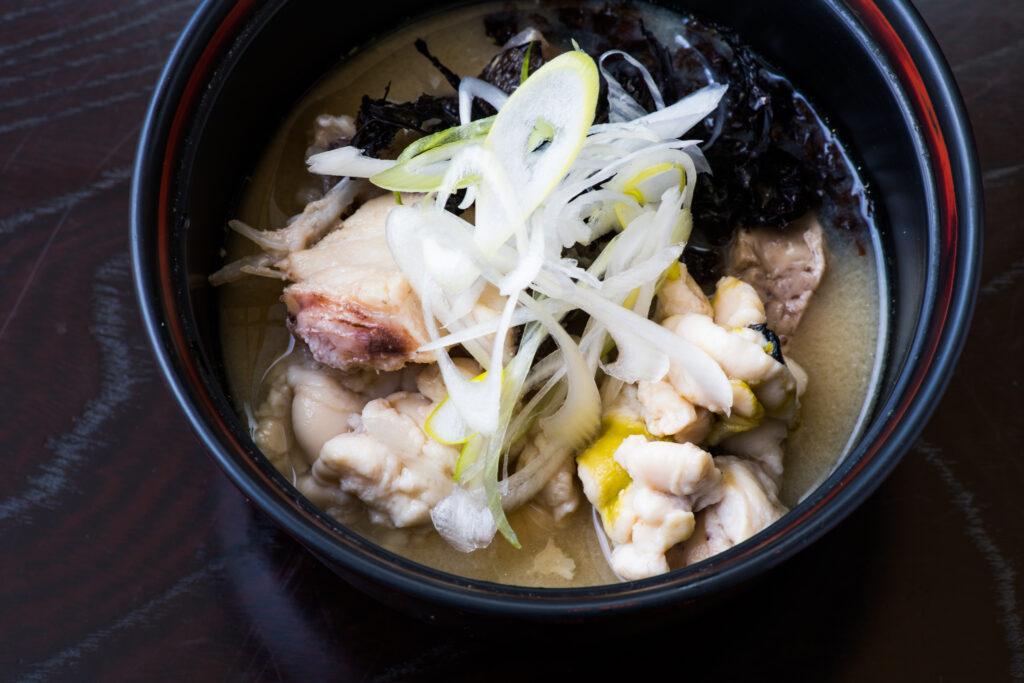
Spring seafood: seabreams and trouts
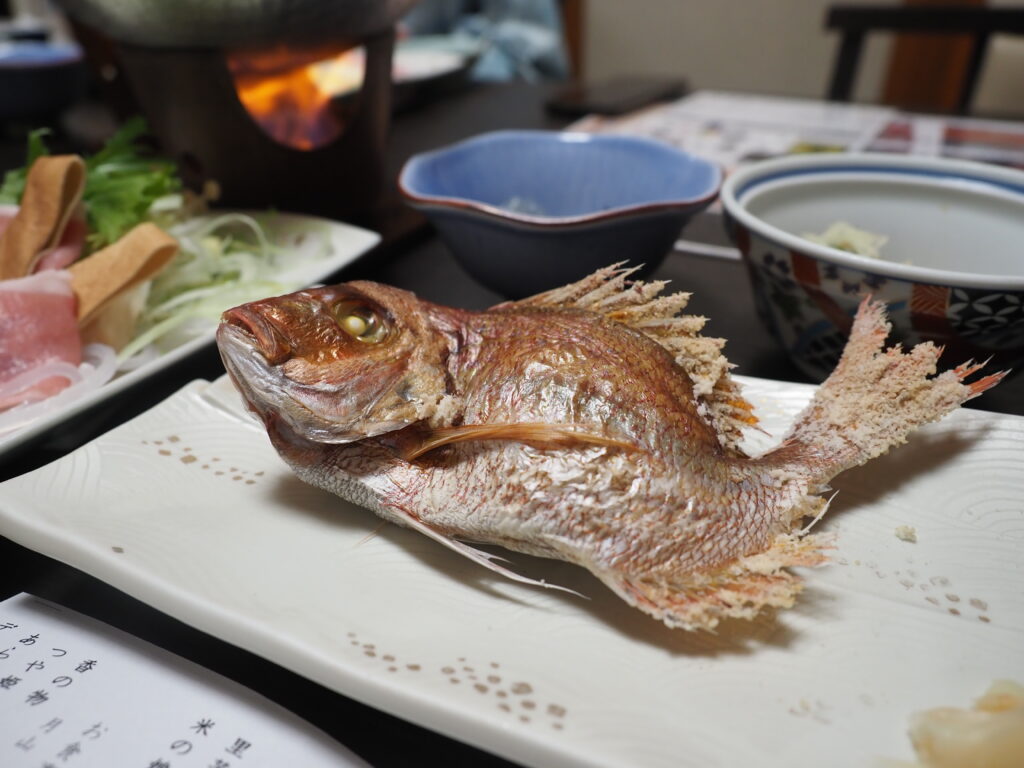
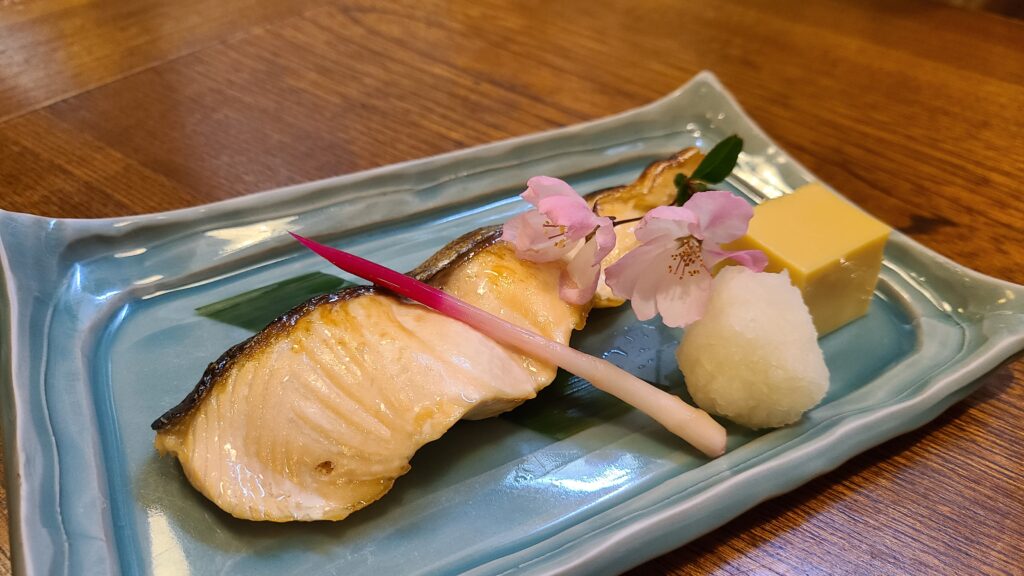
- Where to eat?
-
-In sushi restaurants (there are so many of them in central Tsuruoka but also along the coast of the Sea of Japan!)
-In kaiseki-ryori type of restaurants. They are the best places to eat refined fish dishes. Most of them require a reservation, please check beforehand.
-In ryokan and onsen for dinner as part of a stay plan.
-In Okimizuki, the restaurant inside the Kamo Aquarium.
☞ Look for the “Sushi” and “Seafood” categories on our culinary map
Farmer cuisine
Tsuruoka’s cuisine has earned recognition from UNESCO’s Creative Cities Network, thanks largely to its unique agricultural practices—such as yakihata (slash-and-burn farming), heirloom seed preservation techniques, and the traditional “shibunuki” method used to remove the bitterness from Shonai persimmons using alcohol or carbonated water to enhance their sweetness. What better place to experience the fruits of these time-honored efforts than at a farmer-run restaurant?
Moso bamboo soup (moso-jiru 孟宗汁)
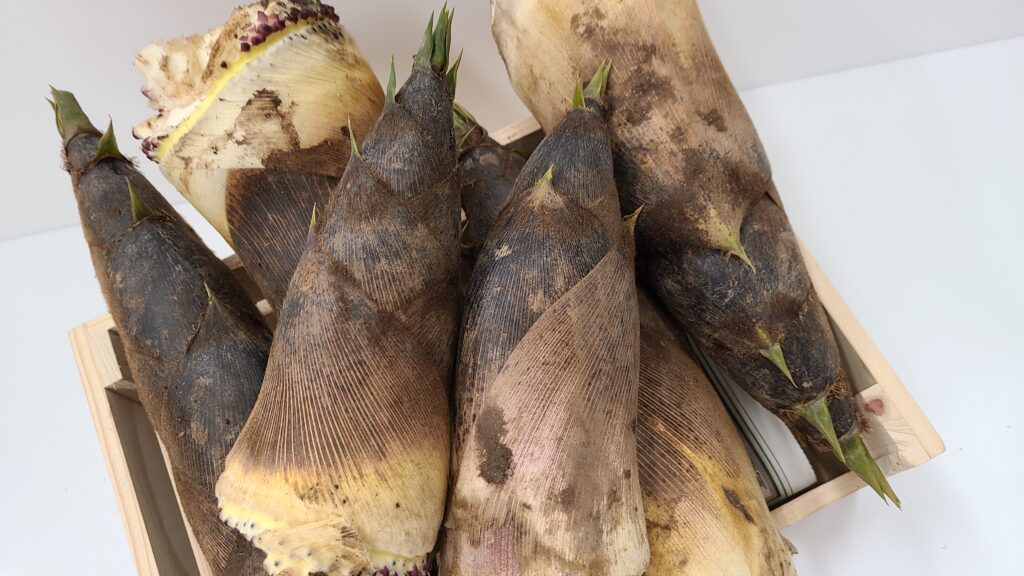
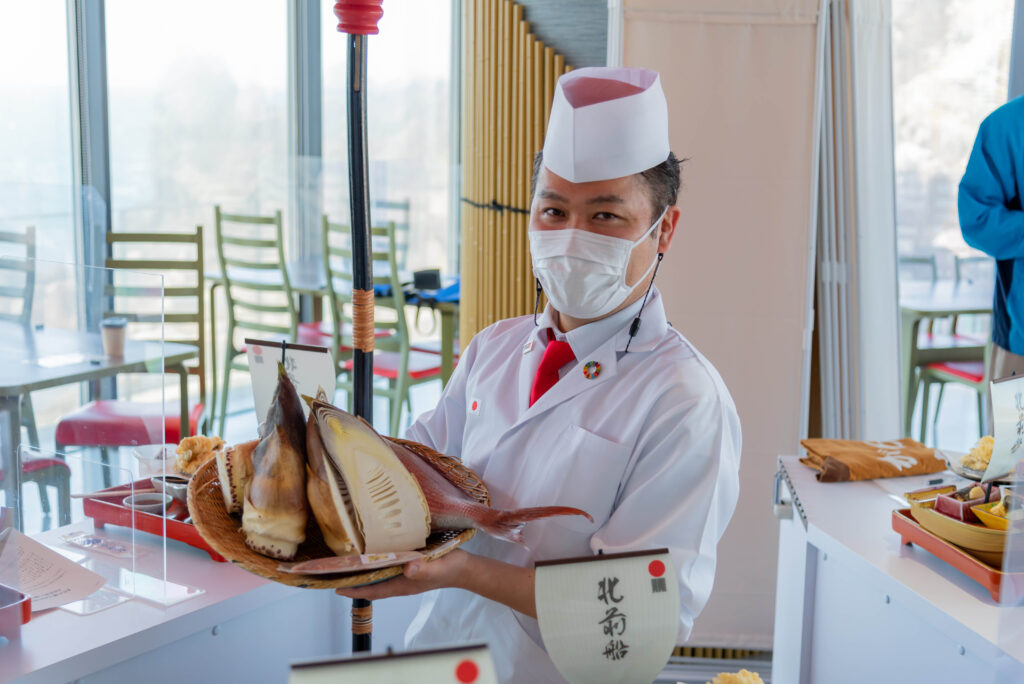
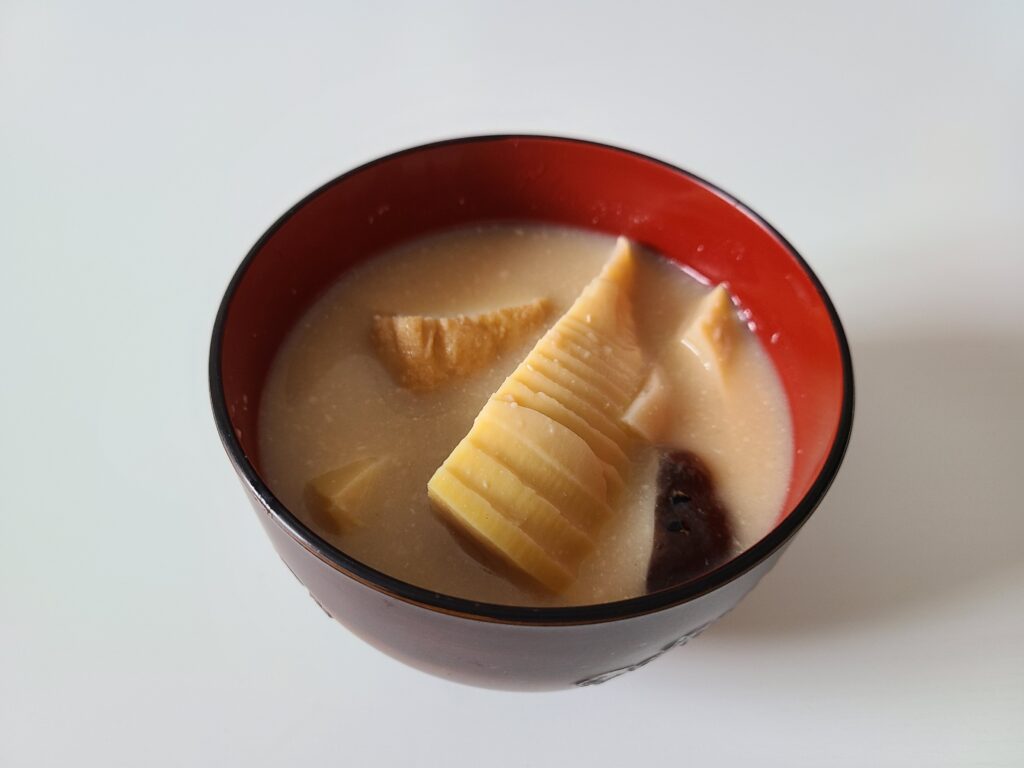
Imoni yam soup (芋煮)
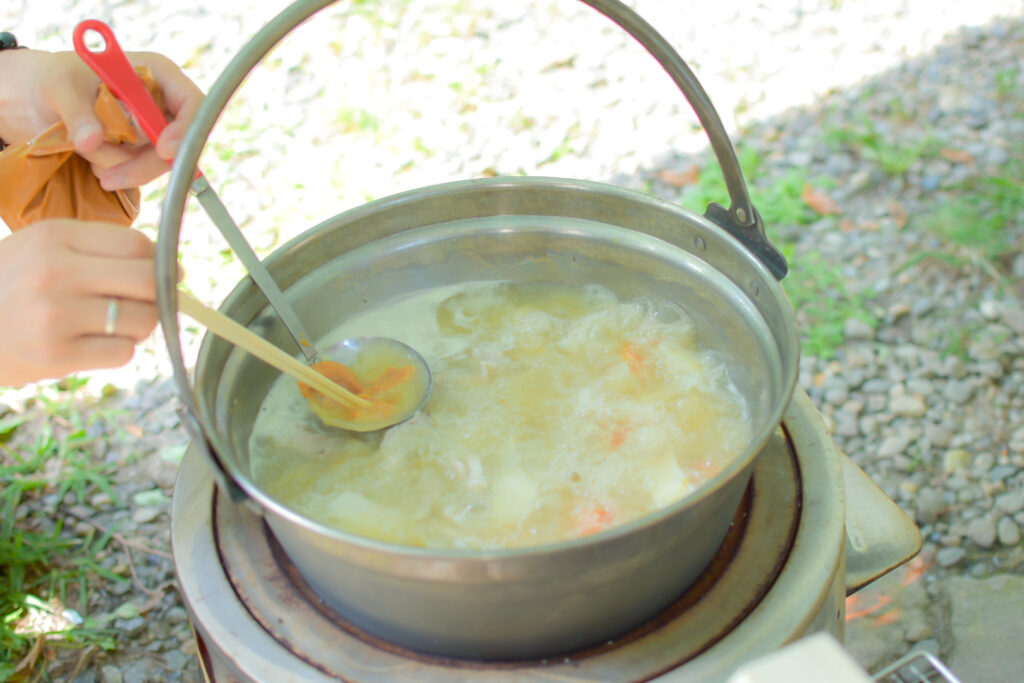
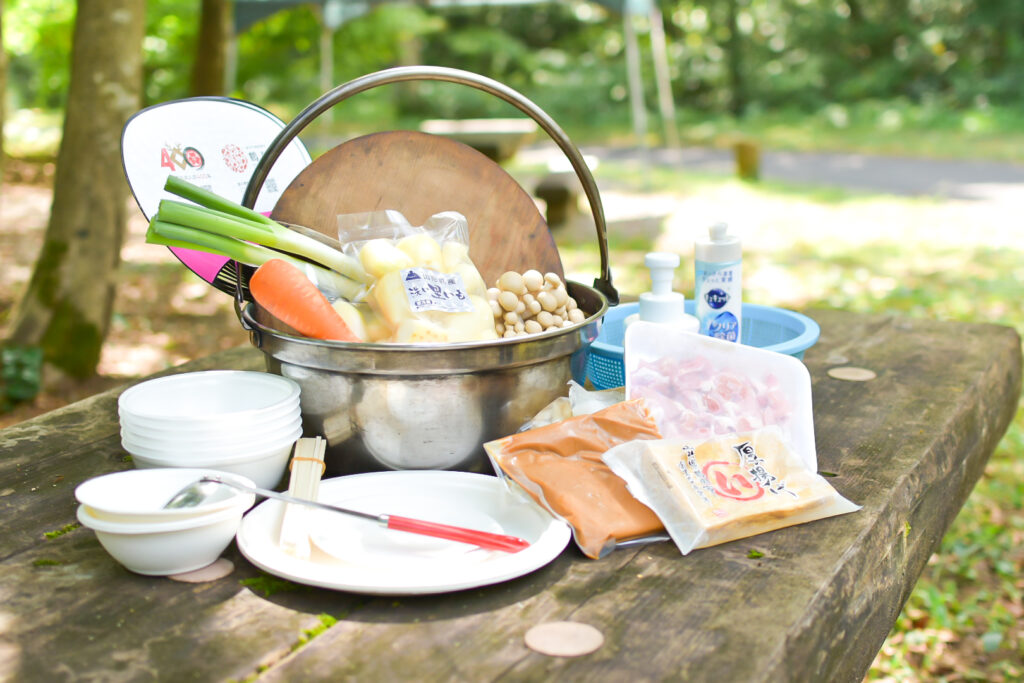
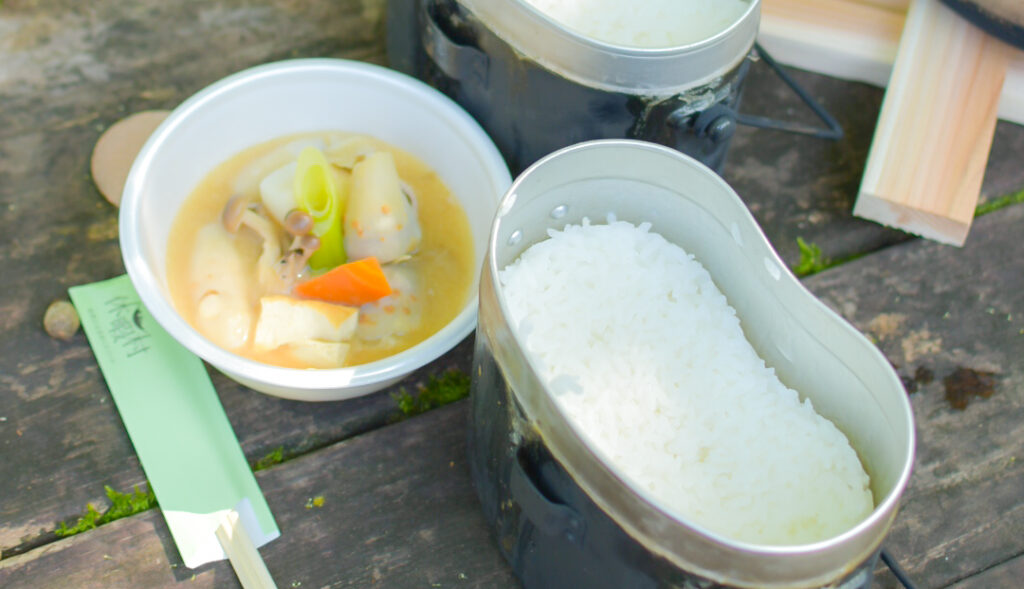
Tsukemono pickled ingredients (漬物)
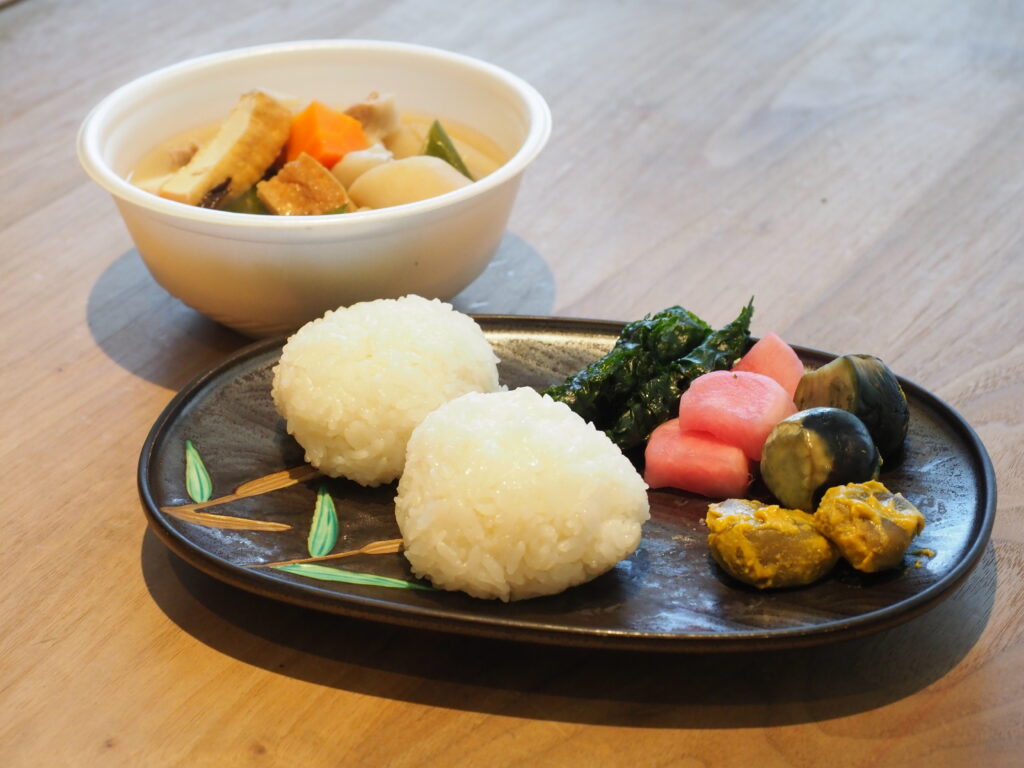
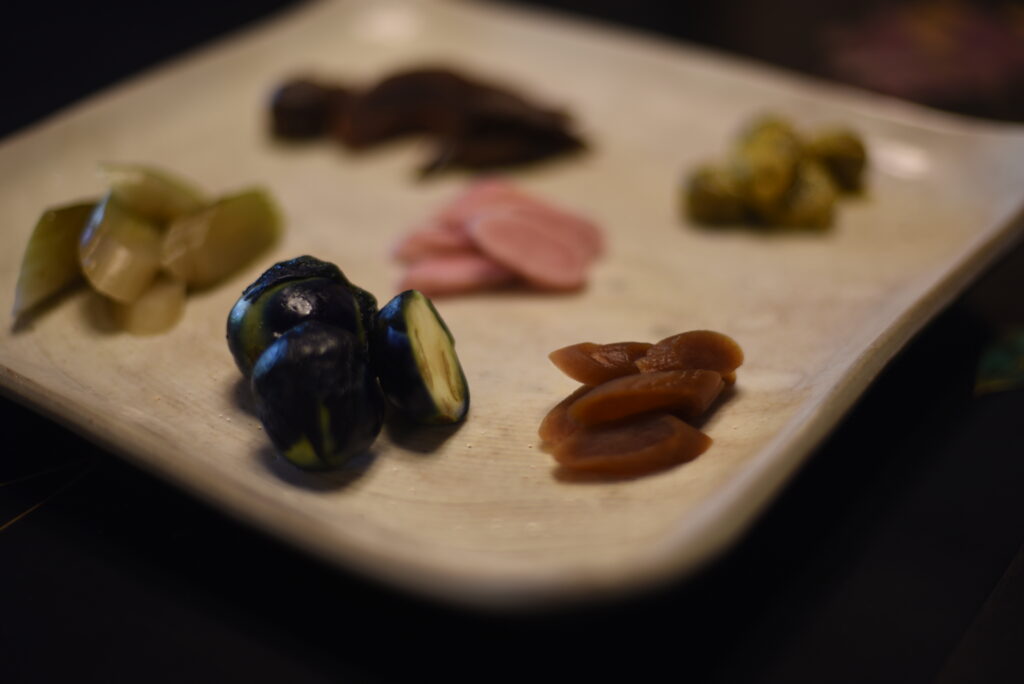
- Where to eat?
-
-In minshuku, minpaku, nohaku types of traditional farmer lodgings
-For Moso-bamboo soup : Yutagawa Onsen’s ryokans are the best place to be!
-In Naa, Chikeiken or From Tei restaurants
☞ Look for the “Farmer food” category on our culinary map
French/Italian fusion cuisine
While visiting the Japanese countryside might not seem like the ideal setting to enjoy Italian cuisine, if you find yourself craving a break from Japanese food, we invite you to try our unique fusion of European and local flavors. Many of our chefs are masters at incorporating heirloom crops into refined Italian and French-inspired dishes, offering you delicious European cuisine with a unique touch of Tsuruoka-ness in every bite!
- Where to eat?
-
-In “Pino Collina”, the restaurant inside Matsugaoka’s Reclamation Lands (also known as “the Samurai Silk Farms”). Pino Collina produces its own wine.
-In Al-che-cciano, restaurant of chef Okuta, one of the 1000 best Chefs in the World in 2006 by the Italian Slow Food Contest “Terra Madre”, and ranked 3rd at the contest The Vegetarian Chance in 2016.
-In Yunohama Onsen’s “Yunohama 100 Years Kitchen”
-In Tsuruoka central city’s restaurants: La Naturalité (French), Pomme de Terre (Basque/French cuisine), Jour Faste (French/fusion), Hare to ke (Italian/fusion)…
And many more!
☞ Look for the “Italian/French restaurants” categories on our culinary map
Local sweets: sasamaki, Tsuruoka hinagashi, mochi, fruit deserts…
Tsuruoka is not just about vegetables and pickles—it’s also a hidden gem for traditional sweets. In spring, during the month of Hinamatsuri (Girls’ Day) in March, local confectionery shops create Tsuruoka Hinagashi, the region’s unique take on the colorful festival treats. Unlike the typical hard candies seen elsewhere, Tsuruoka’s hinagashi are soft, delicate cakes made with anko (sweet bean paste) and shaped to represent local ingredients such as moso bamboo, Shonai persimmons, and cherries.
Another local specialty is sasamaki—a gelatinous steamed rice cake wrapped in a bamboo leaf. The rice is first soaked in water mixed with ashes, a traditional technique that extends its shelf life. It’s typically enjoyed with brown sugar syrup and kinako (roasted soy flour).
Manju are also a must-try when visiting Tsuruoka’s hot springs, especially those from Yutagawa Onsen. Some are even humorously shaped like breasts, paying homage to the village’s sacred Breasted Ginkgo Tree (Chichi Icho 乳銀杏), which stands in front of Yuzusame Shrine.
Finally, tochimochi—mochi made from local horse chestnuts—is a delicacy that takes real effort to prepare. The chestnuts must be boiled thoroughly to remove their natural bitterness, and the mochi rice is soaked for hours in cold water after being cooked so it can be pounded. The result is a treat that blends sweetness and umami in every bite. There are so many unique, delicious sweets across Tsuruoka that it’d be impossible to list them all down, but check the local confectionery shops (wagashiya 和菓子屋) or souvenir shops and you’ll see them all!
- Where to eat?
-
-In our “wagashiya” (Traditional confectionery shops)
-In souvenir shops
-Sasamaki = in From Tei’s restaurant or Asahi Gu (depends on the season)
And many more!
☞ Look for the “Traditional Japanese sweets” categories on our culinary map
Of course, these are just a few highlights from Tsuruoka’s rich and diverse culinary culture. Across the city, you’ll find countless restaurants—each with their own specialties and stories—carrying on these traditions with pride and creativity. Whether you’re dining at a farmer-run eatery, a family-owned confectionery, or a refined local restaurant, Tsuruoka offers an authentic taste of Japan’s first UNESCO Creative City of Gastronomy.

